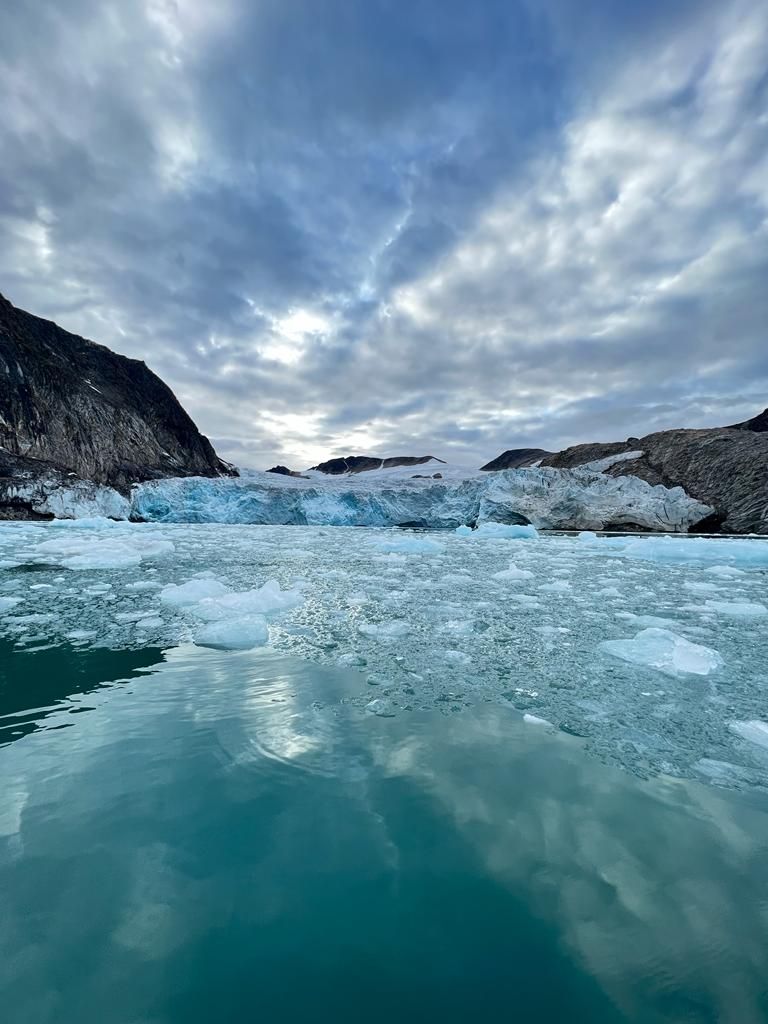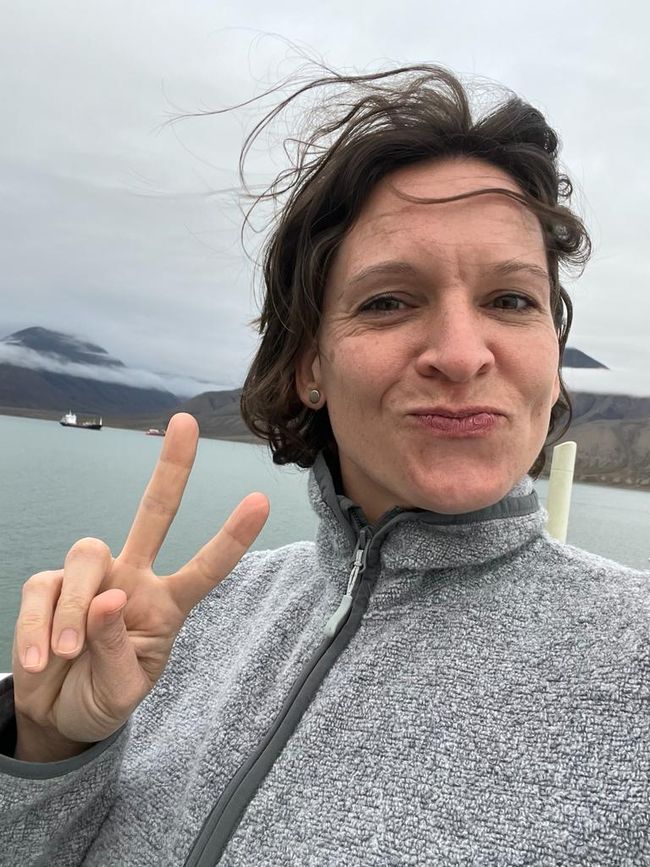Galapagos - Jewel in the Pacific
Publisearre: 22.06.2019
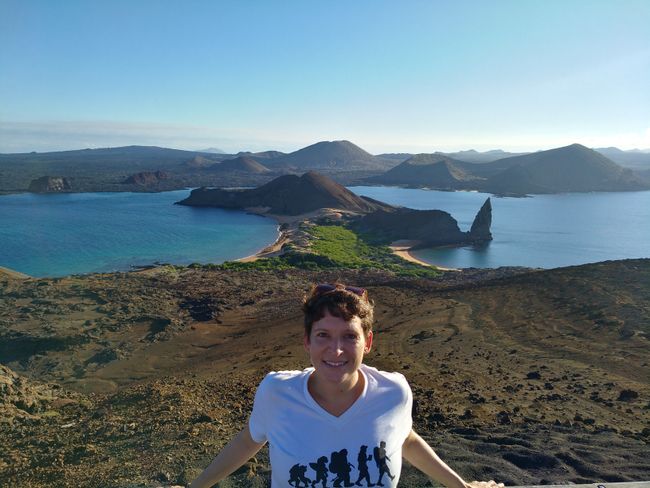
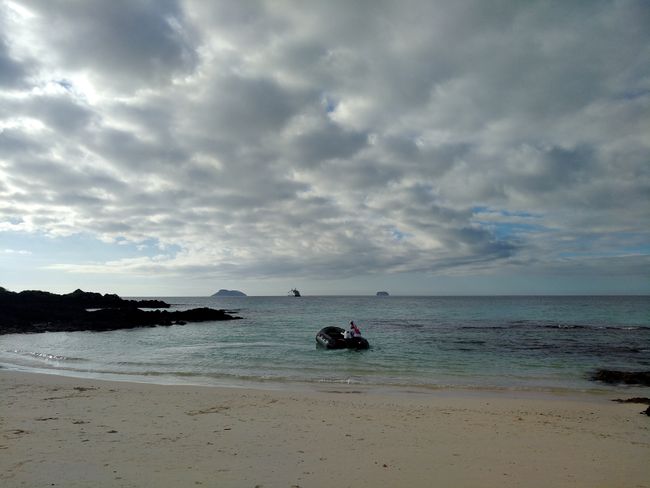
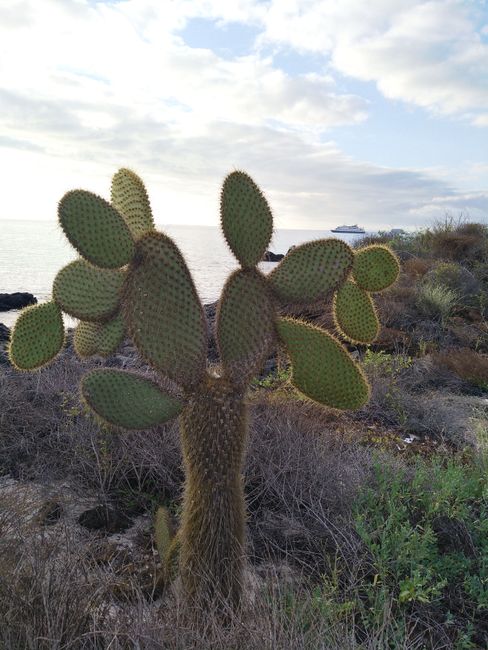
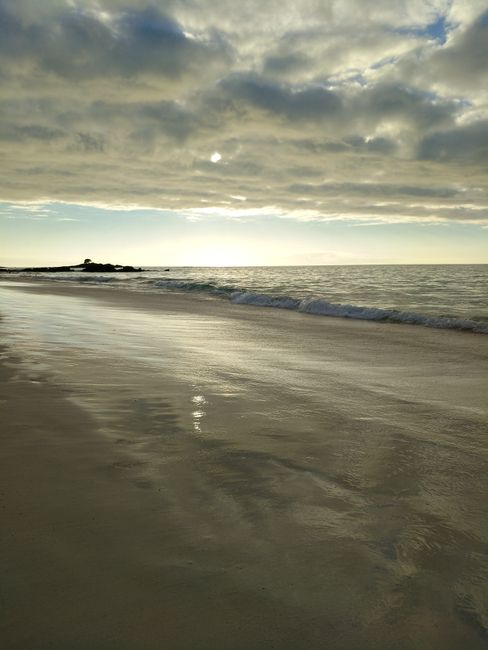
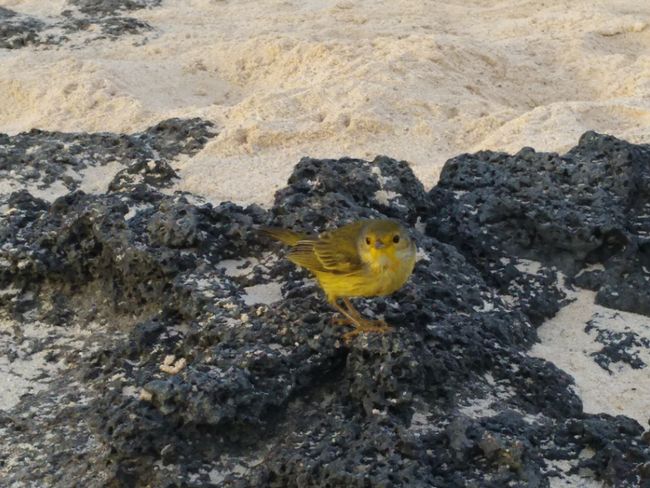
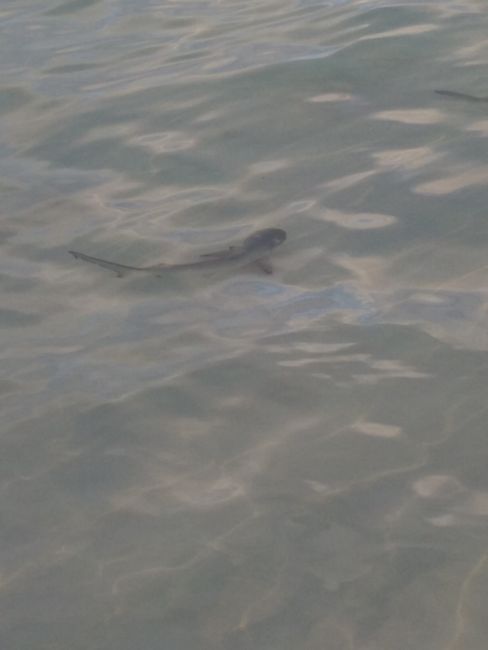
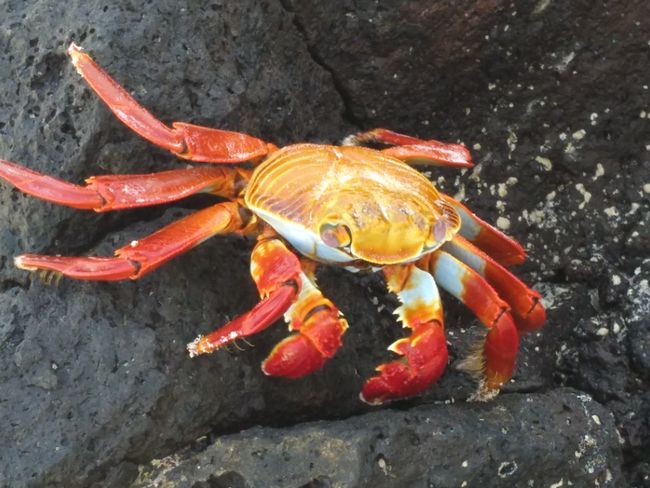
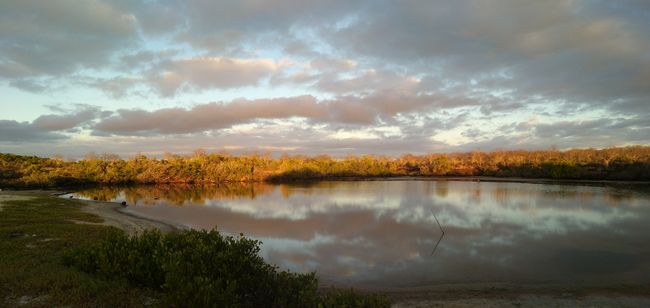
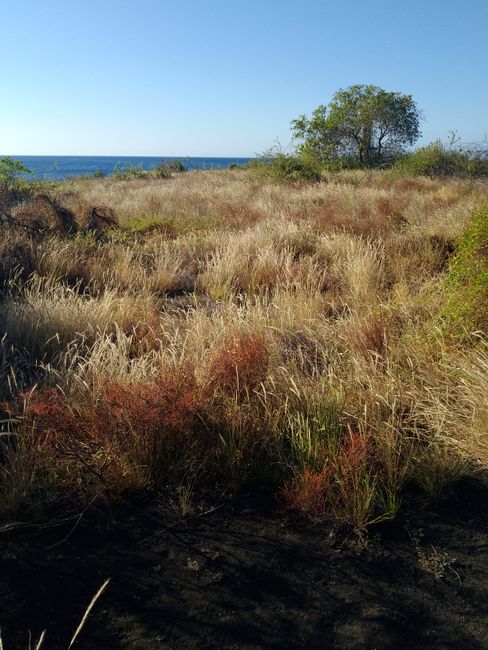
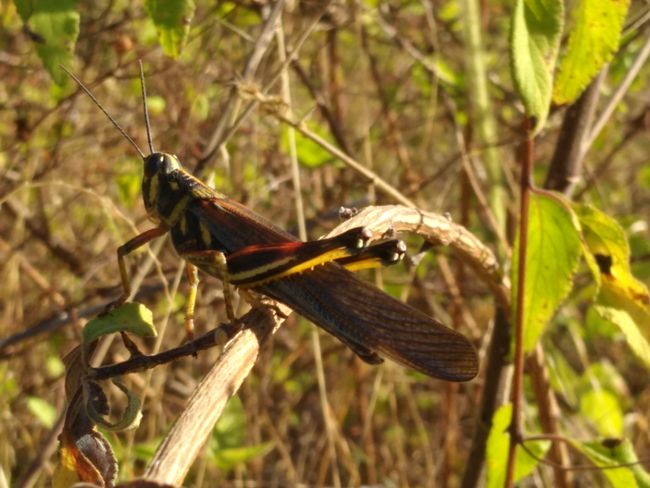
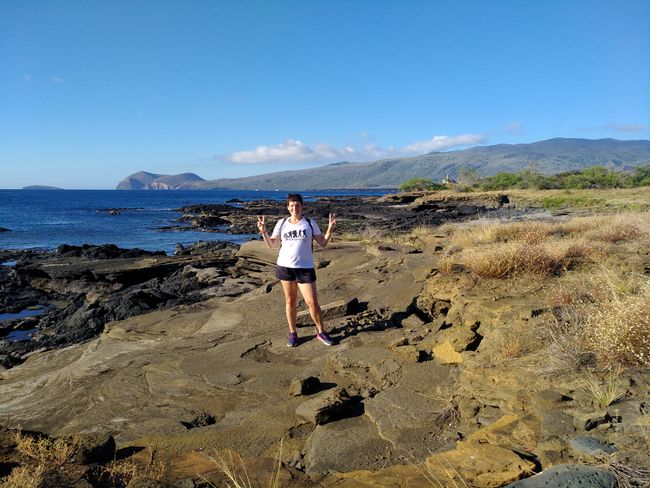
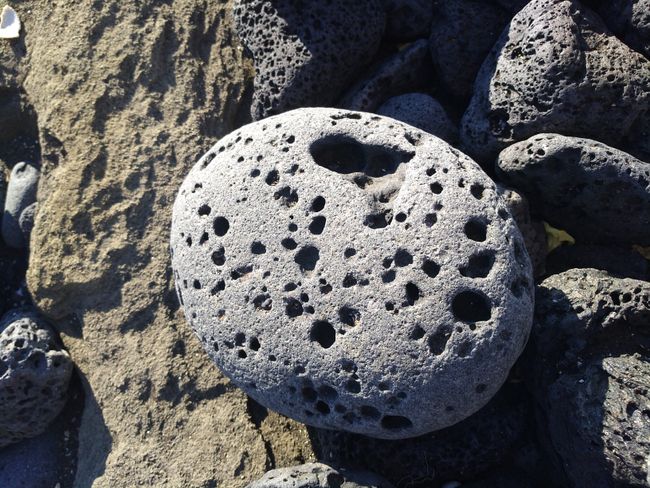
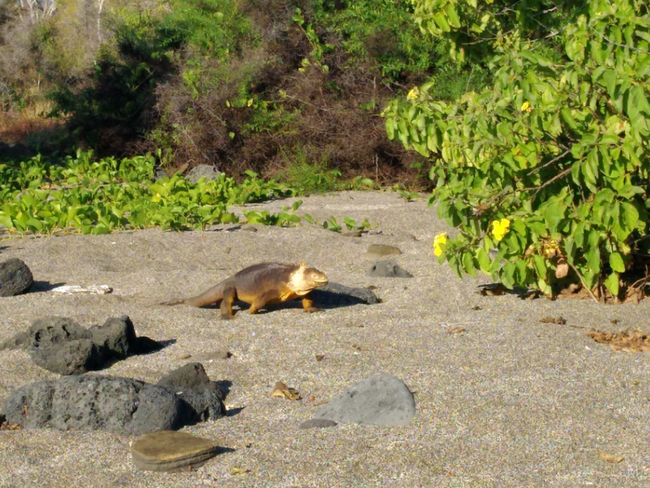
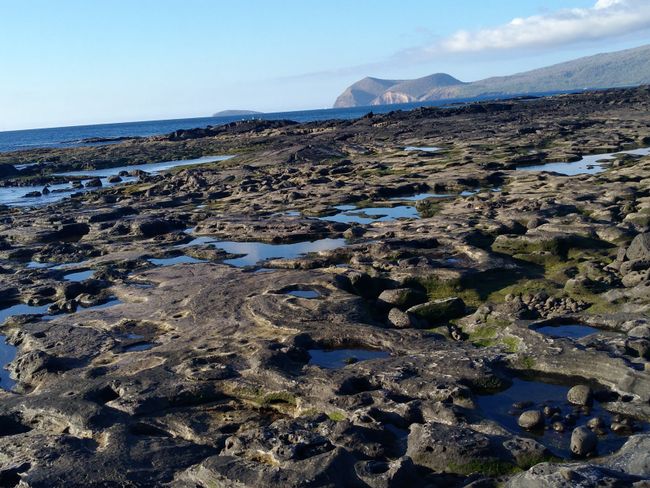
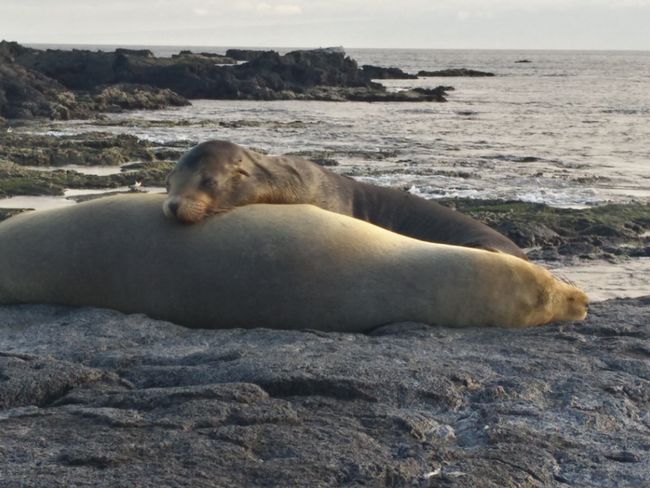
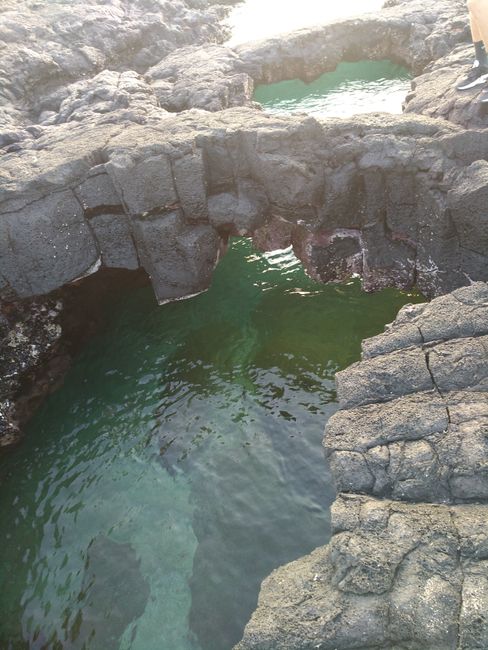
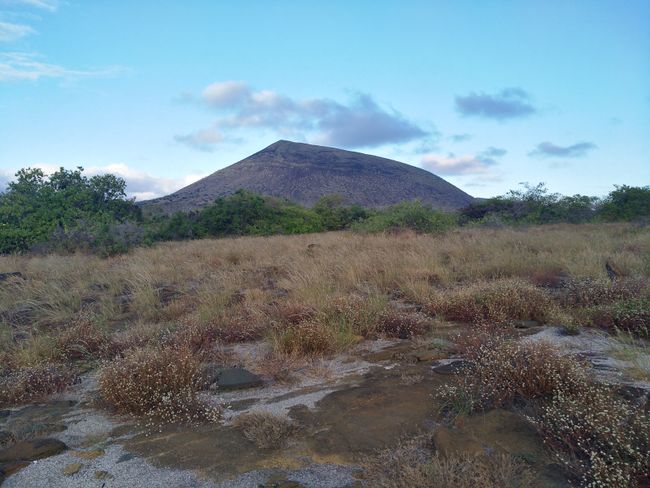

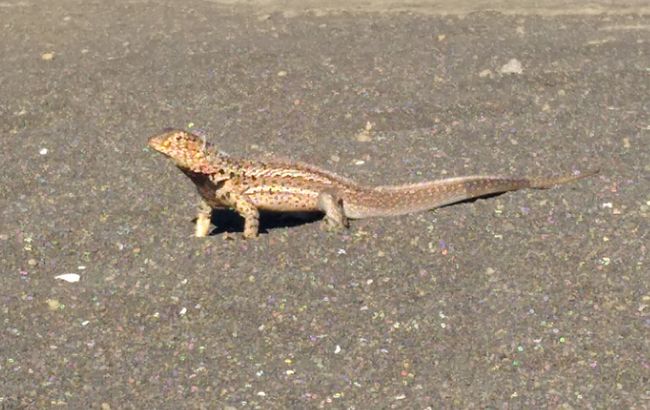
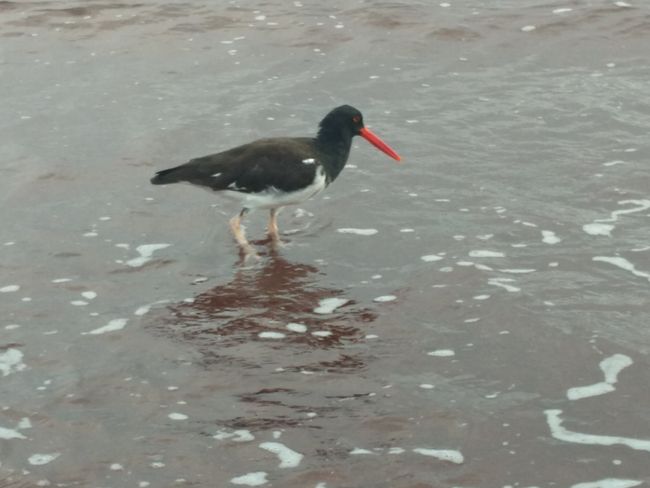

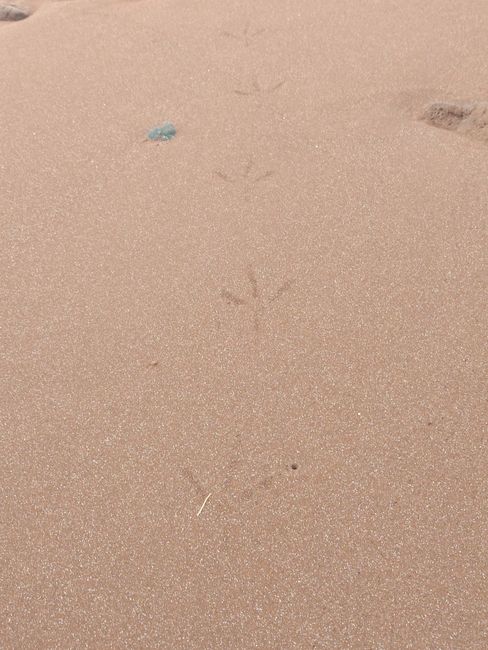
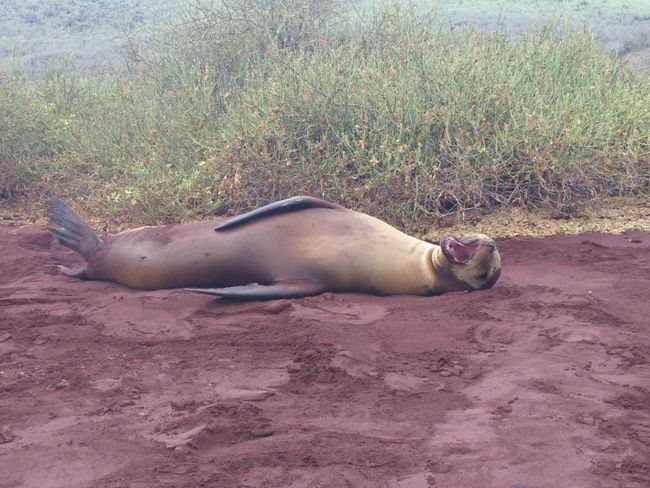
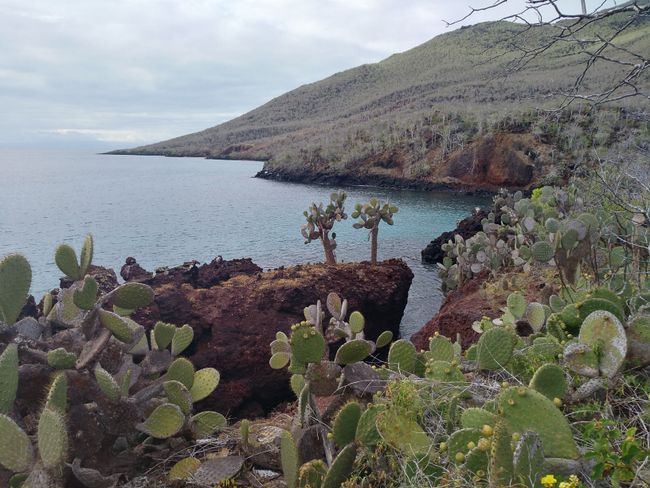
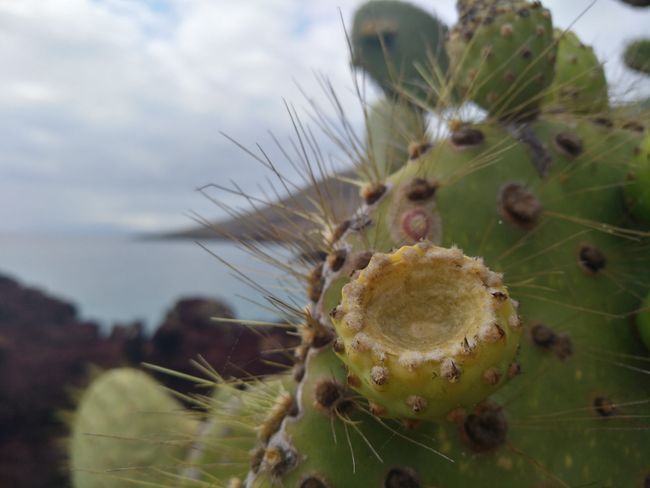
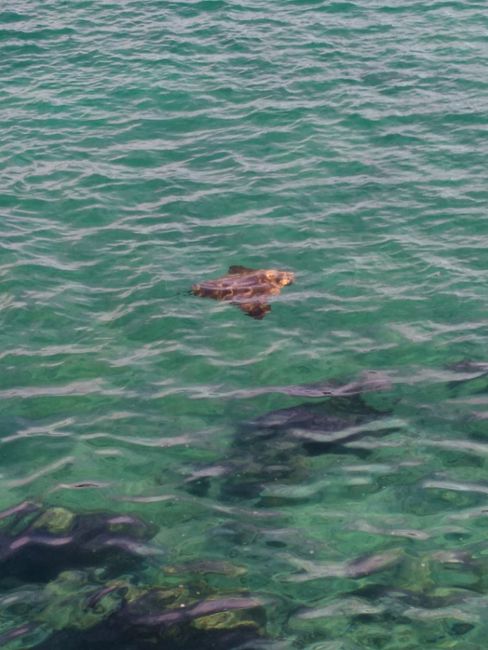
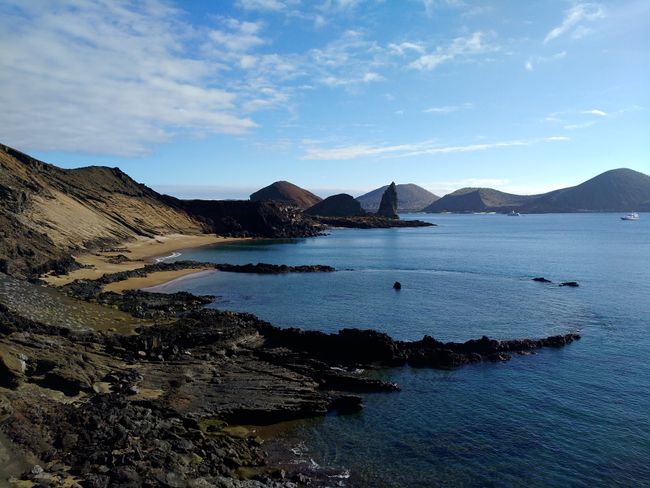
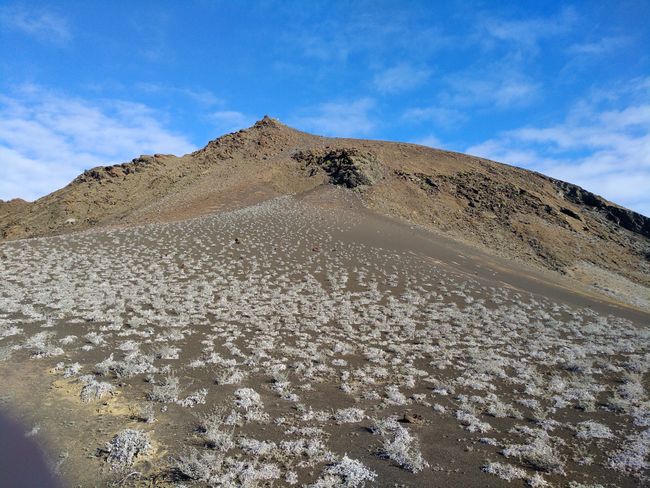
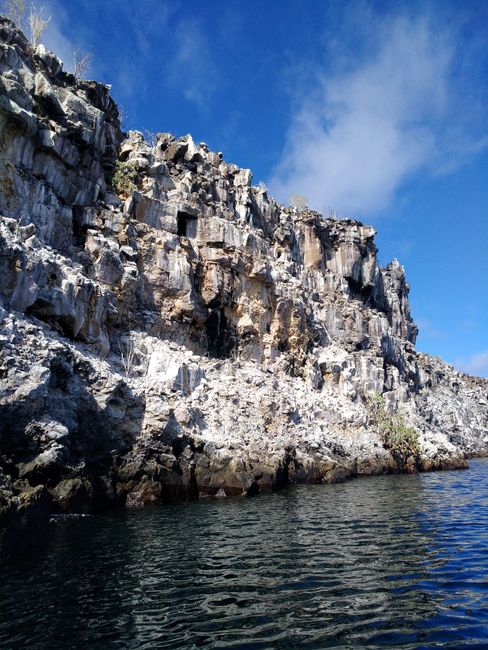
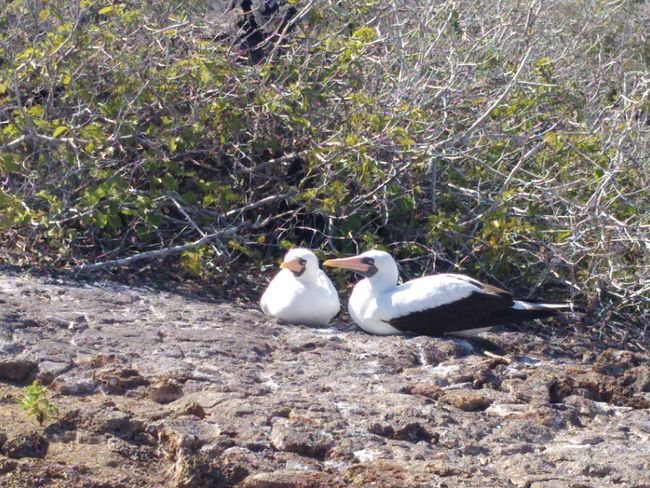
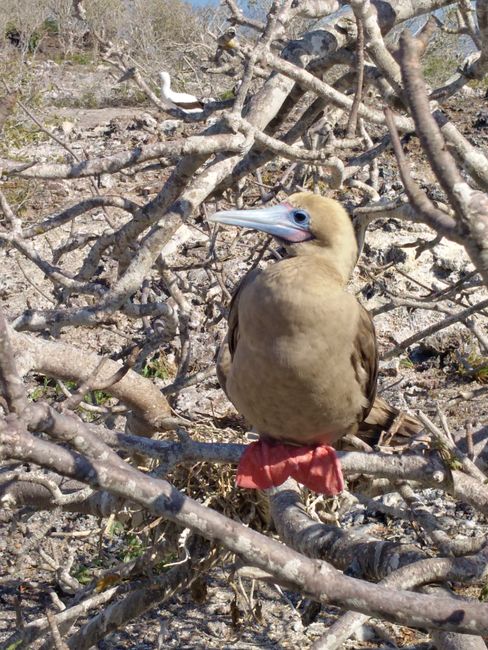
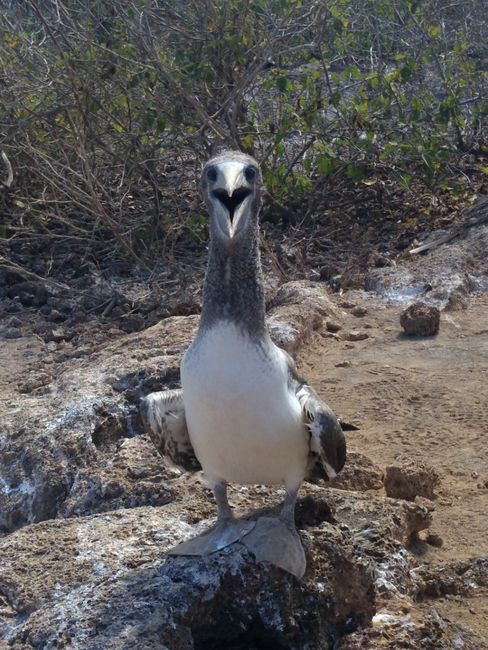
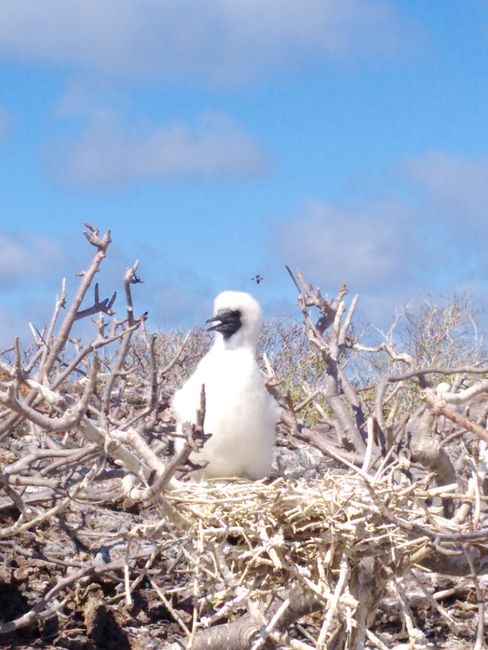
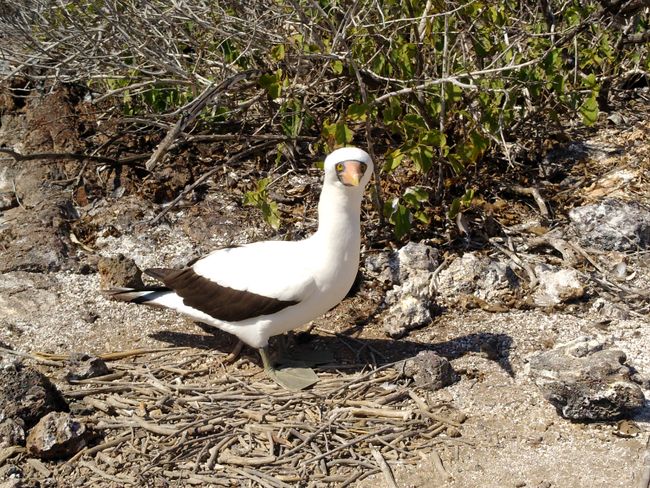
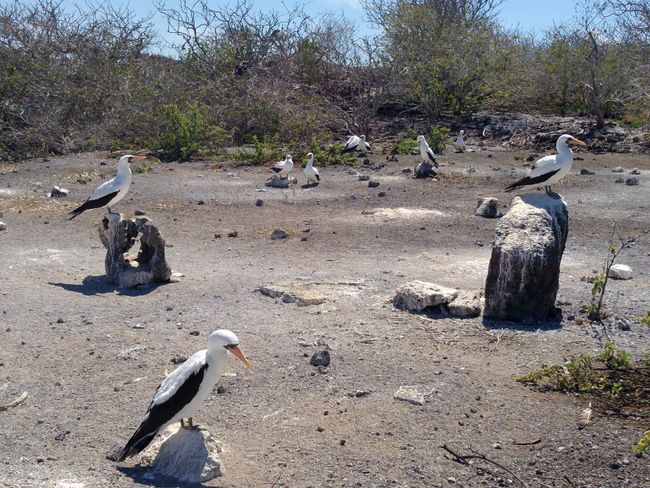
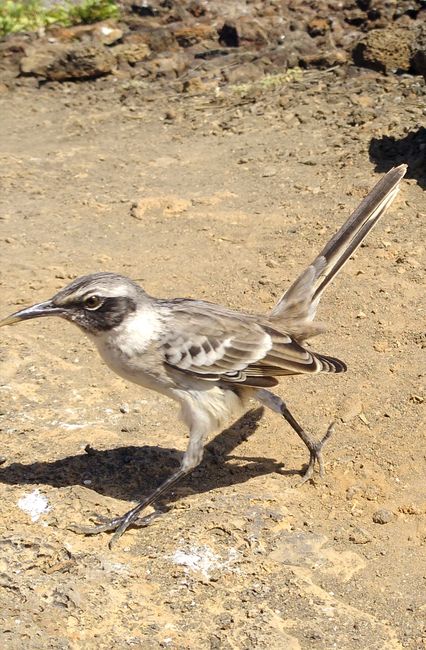
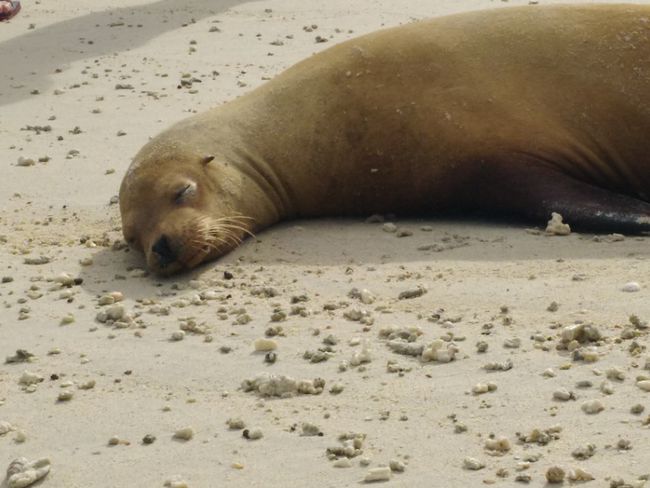
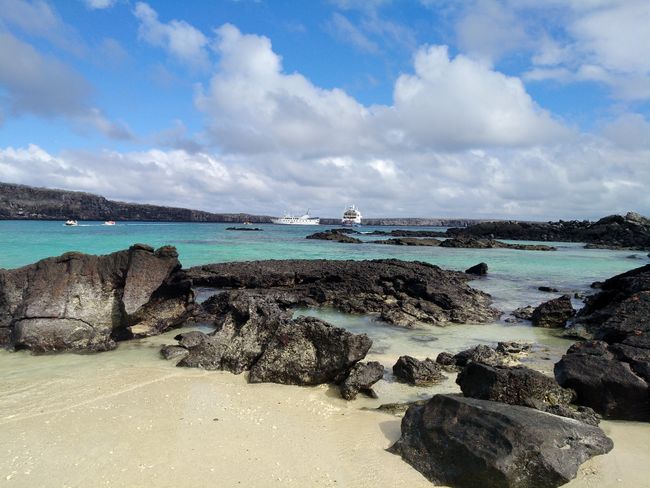
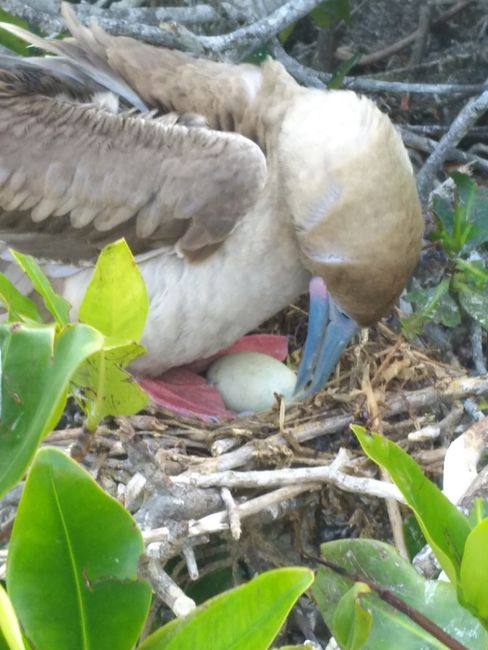
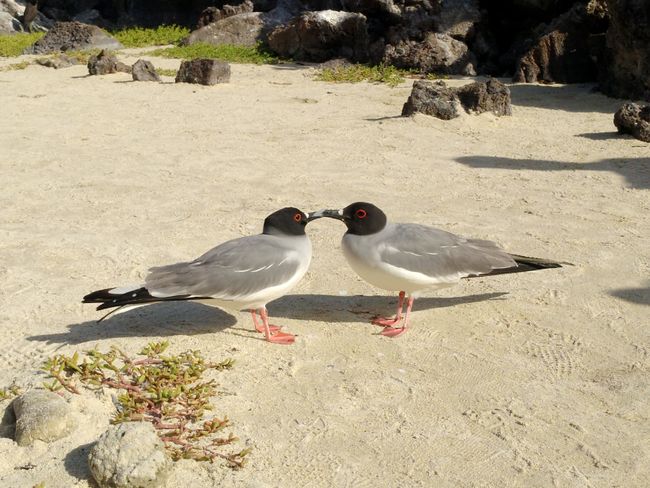
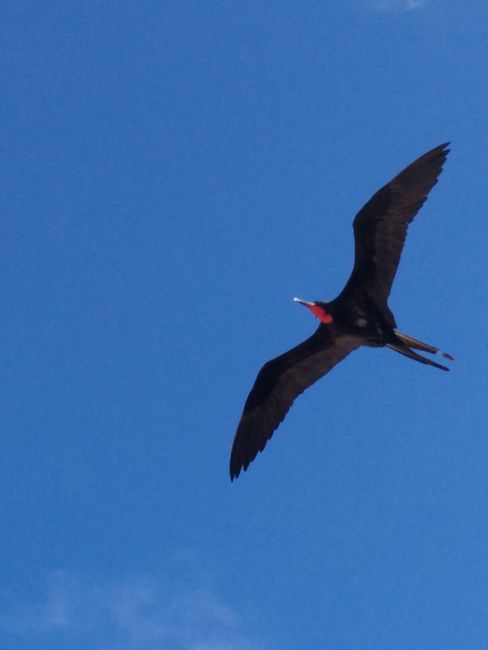
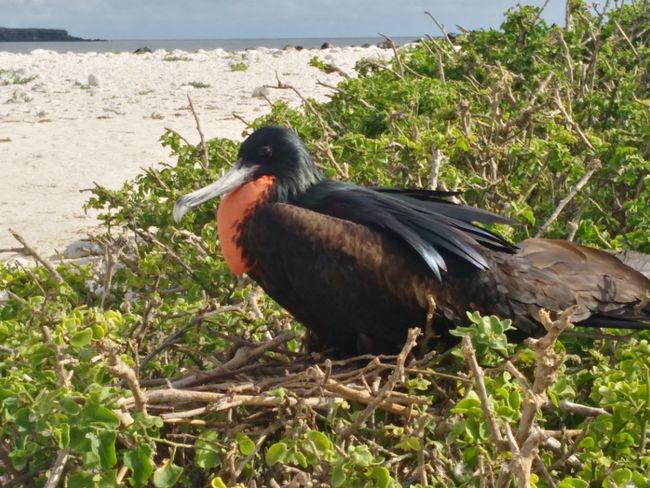
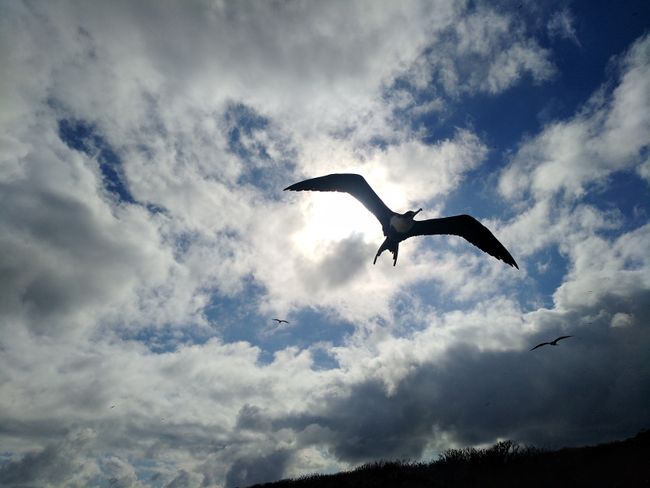
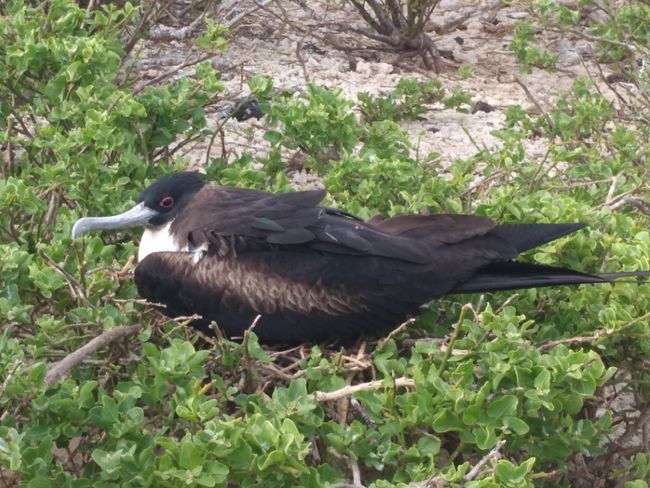
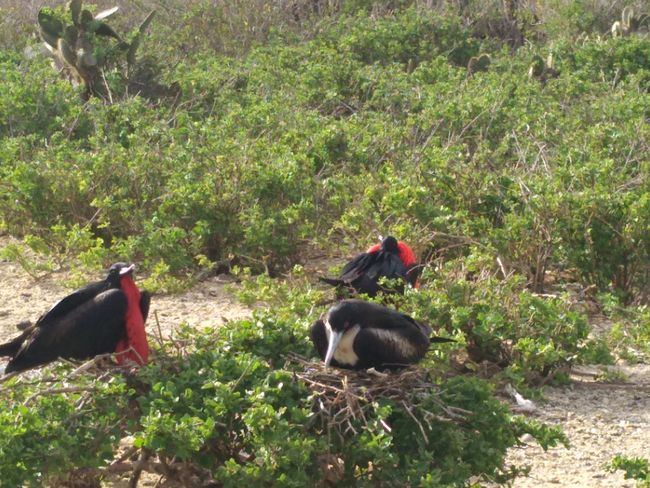
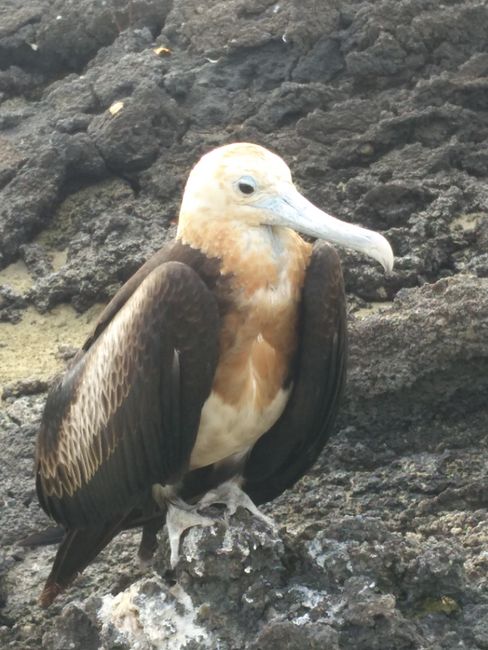
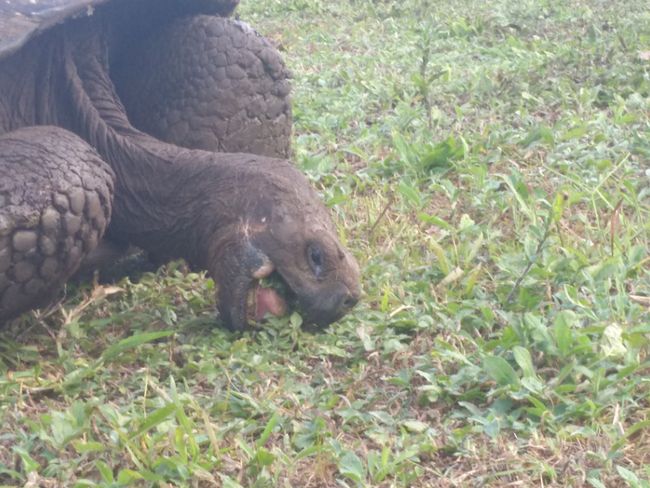
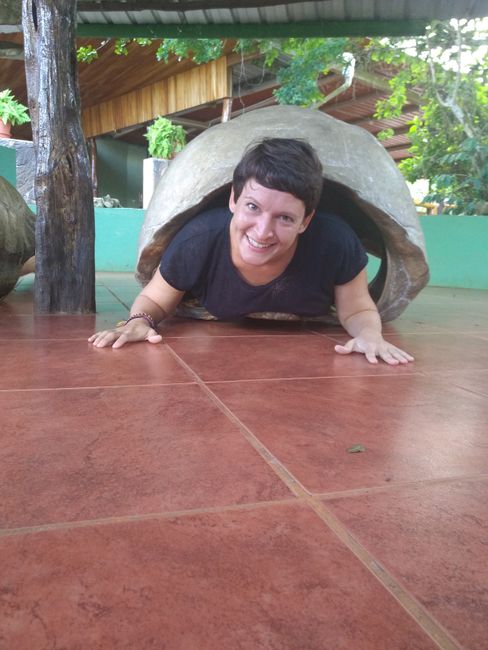
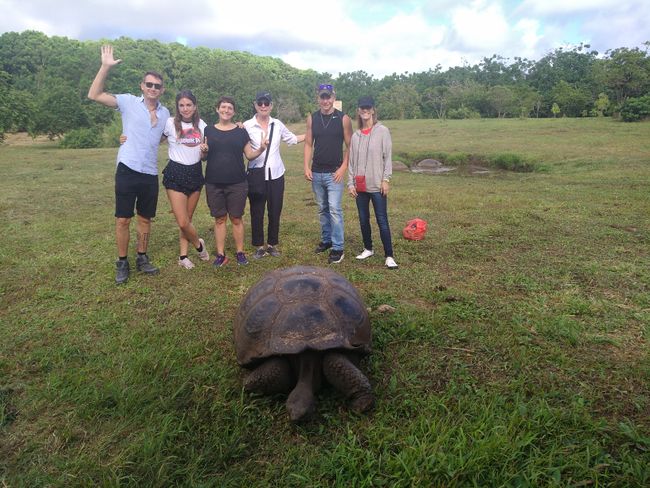
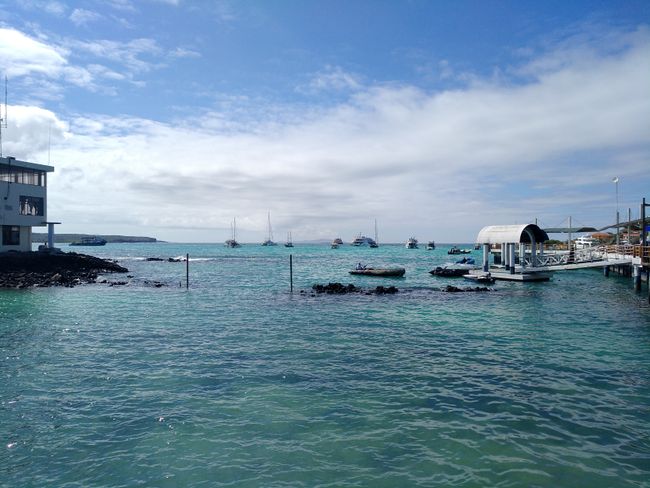
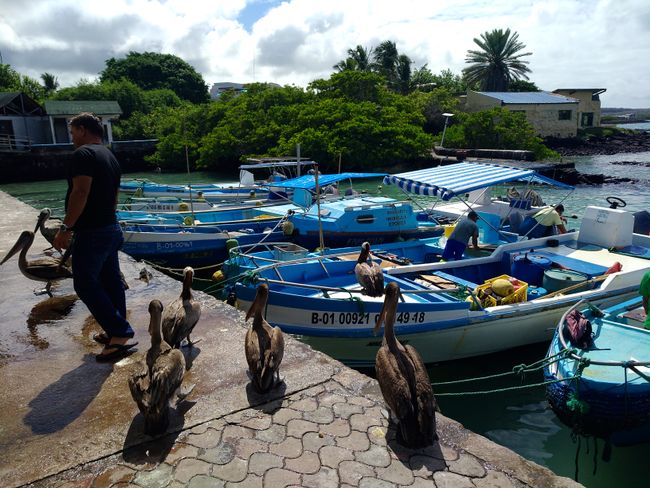
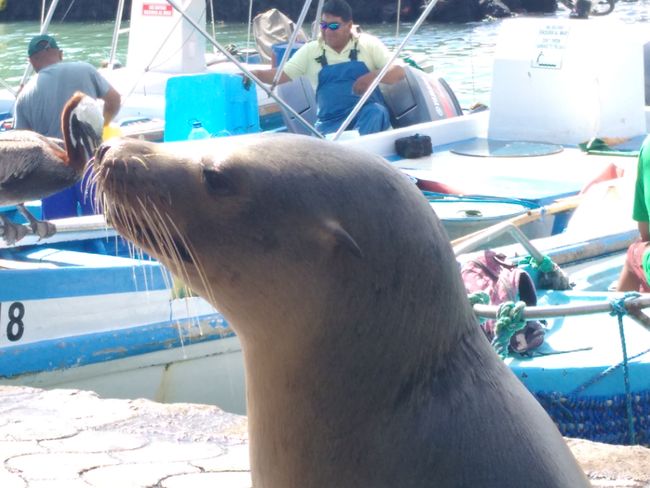
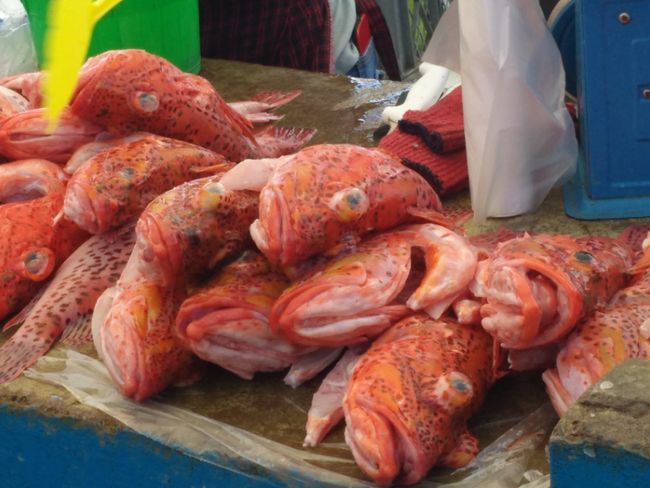
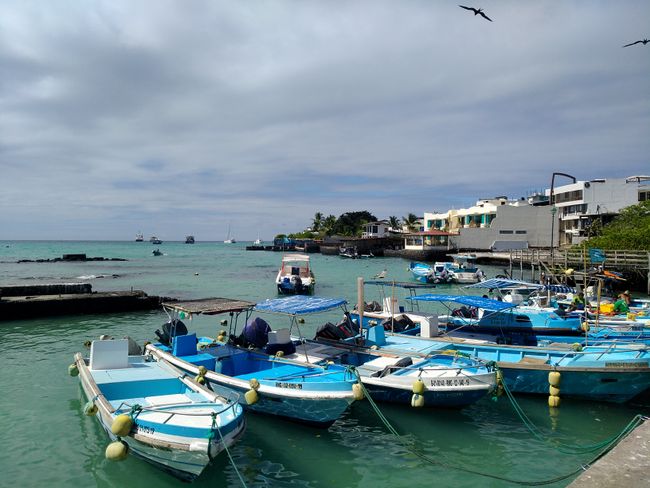
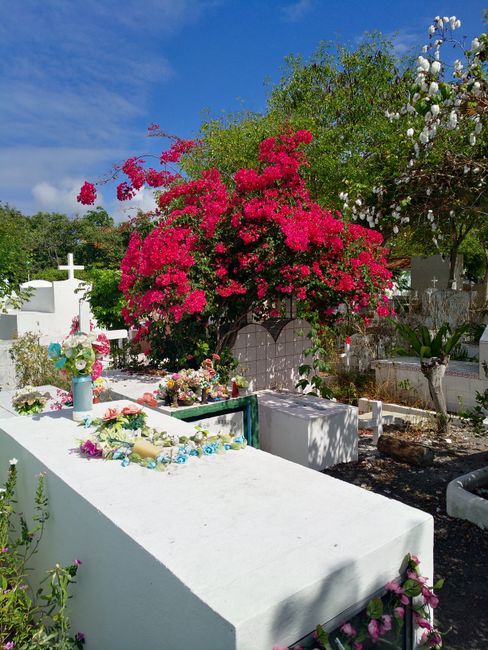
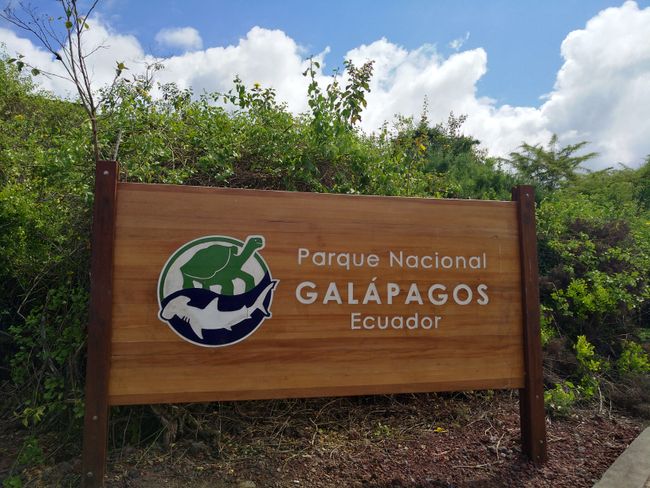
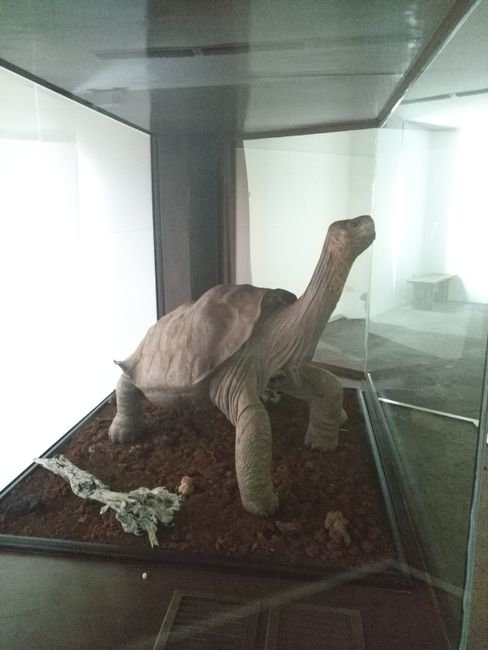
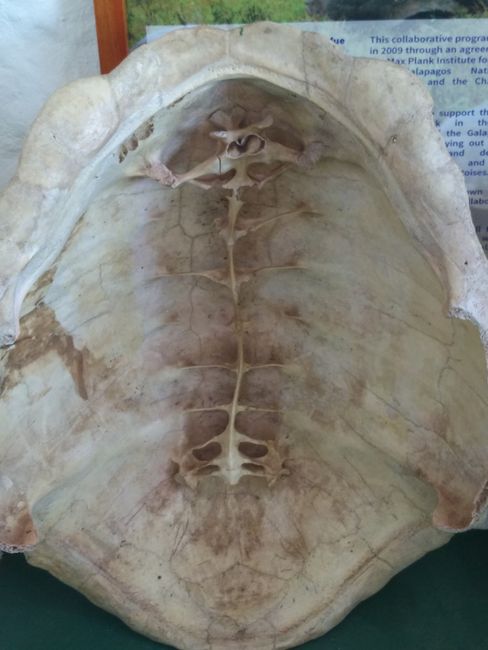
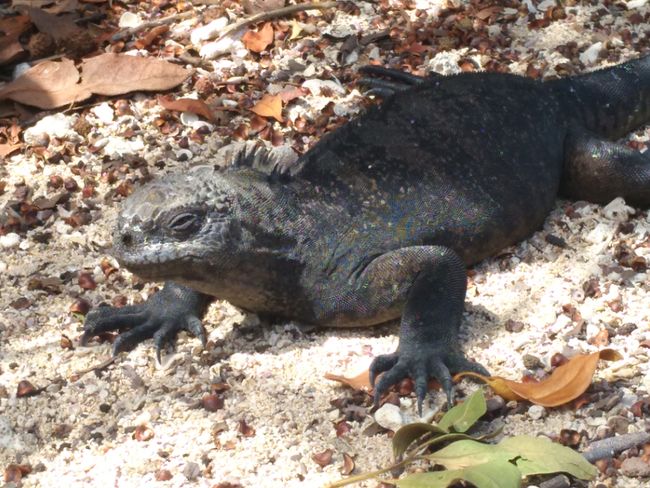
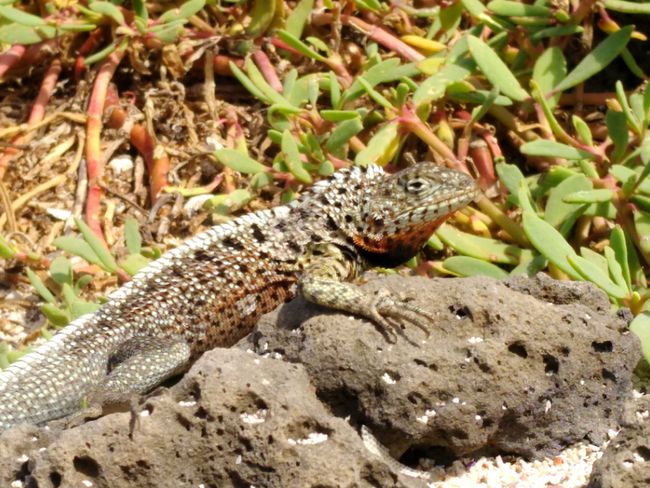
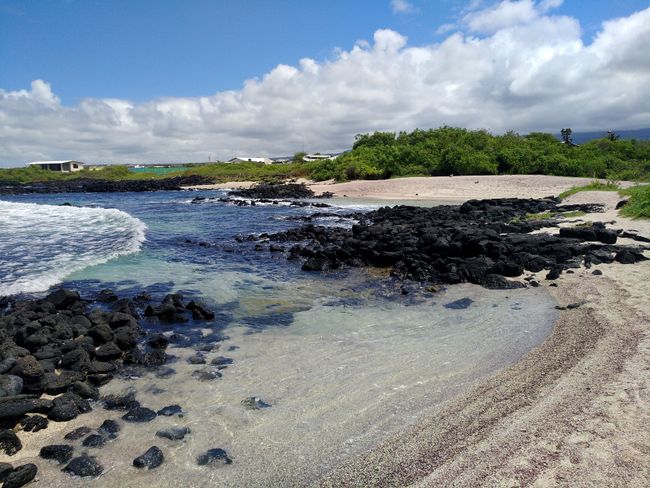
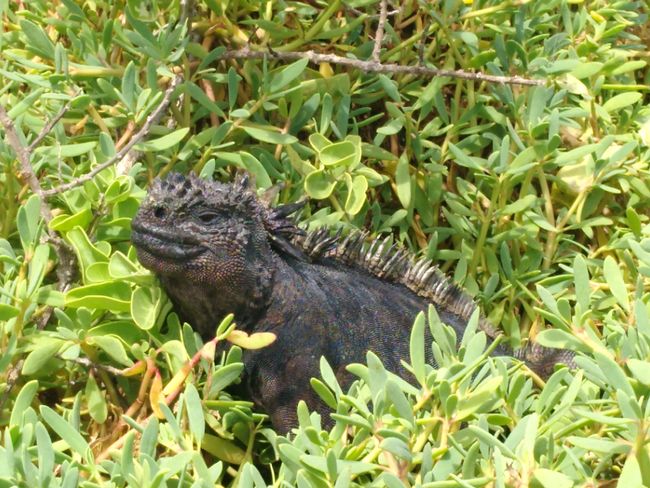
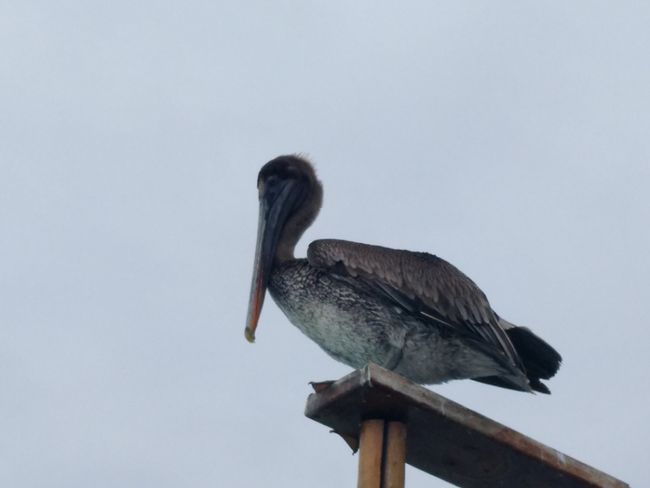
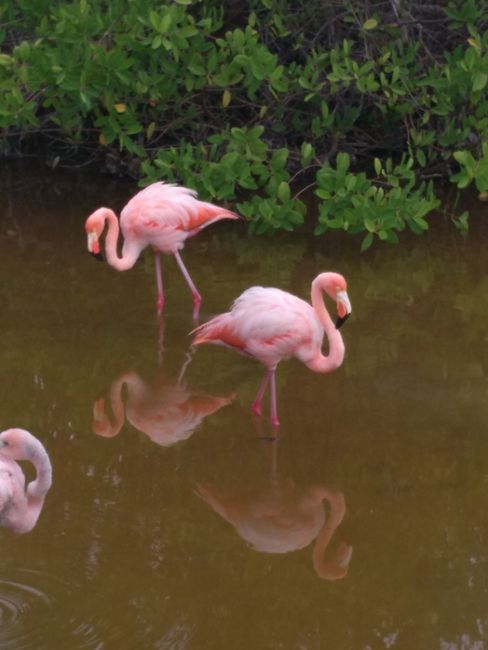
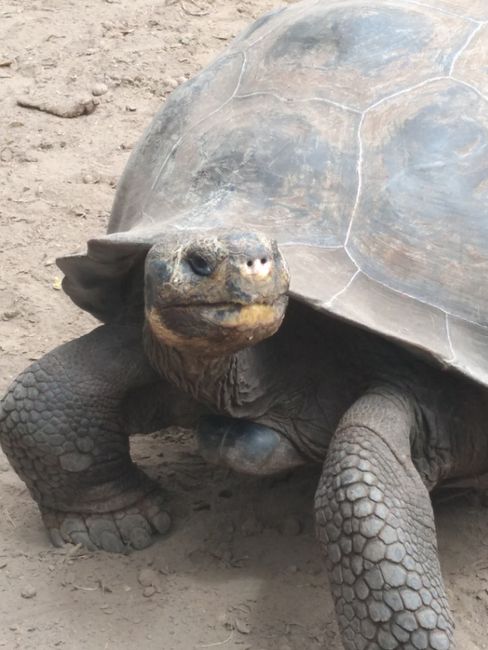
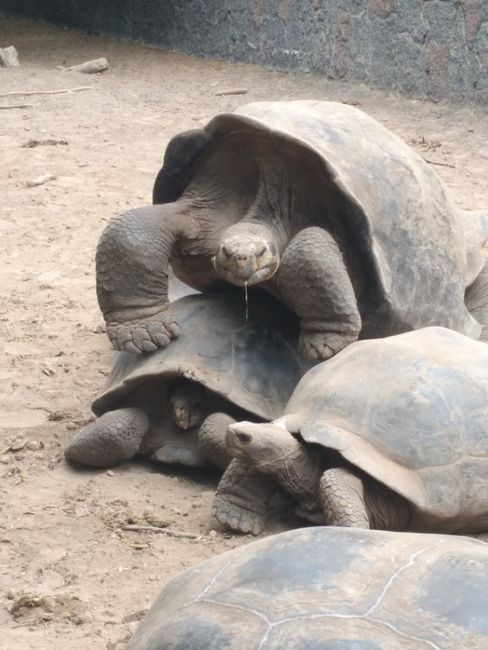
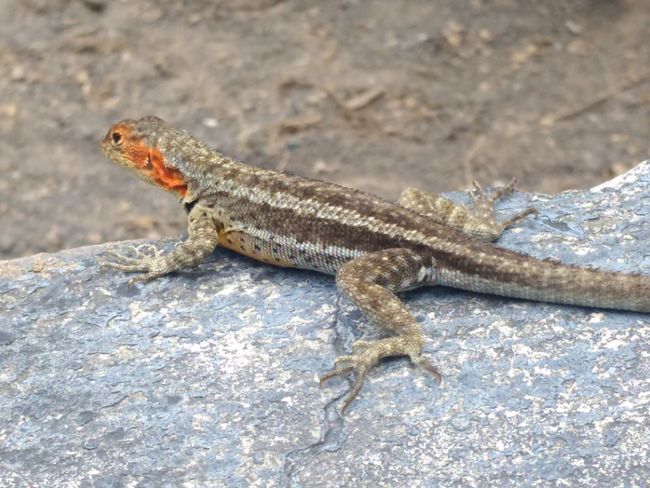
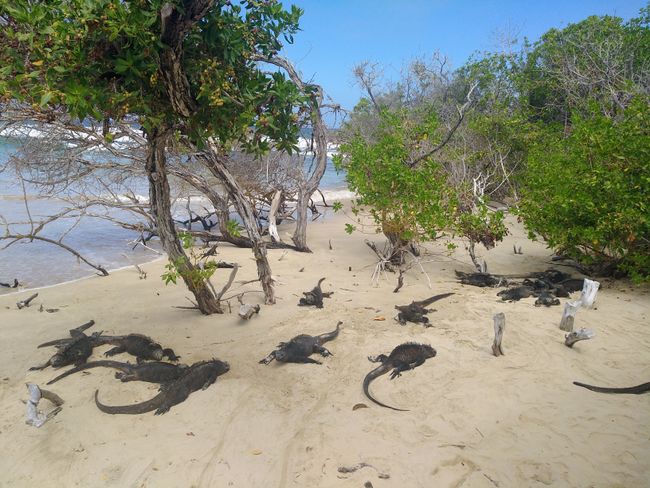
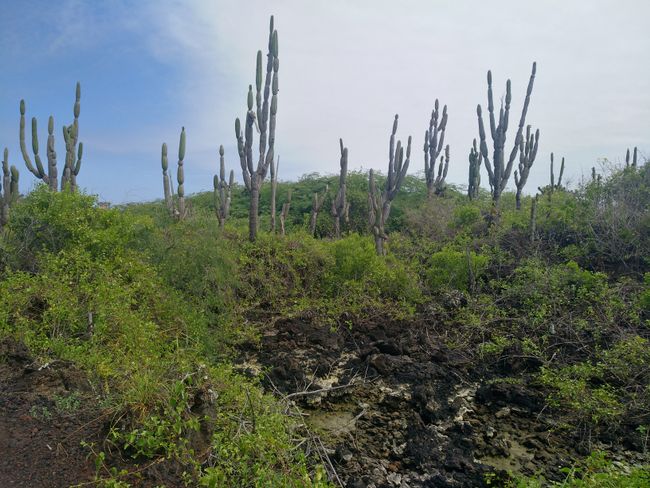
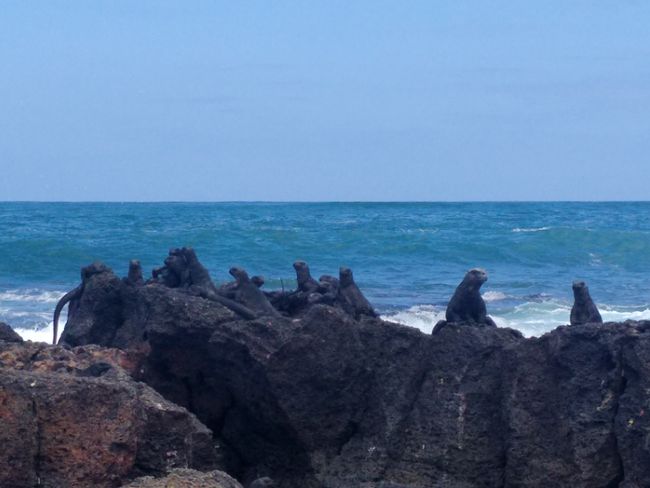
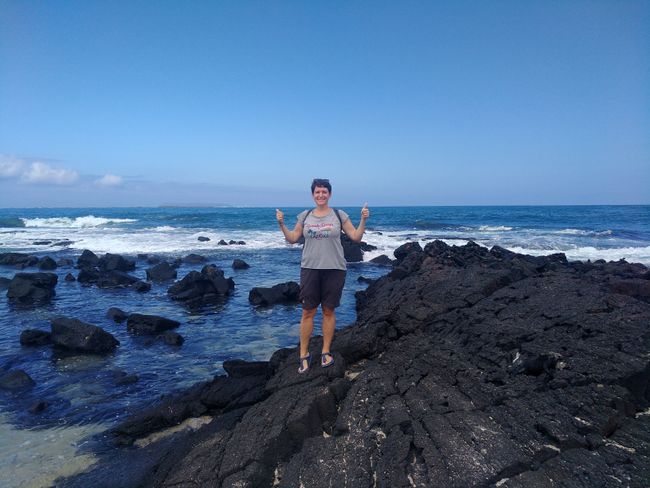
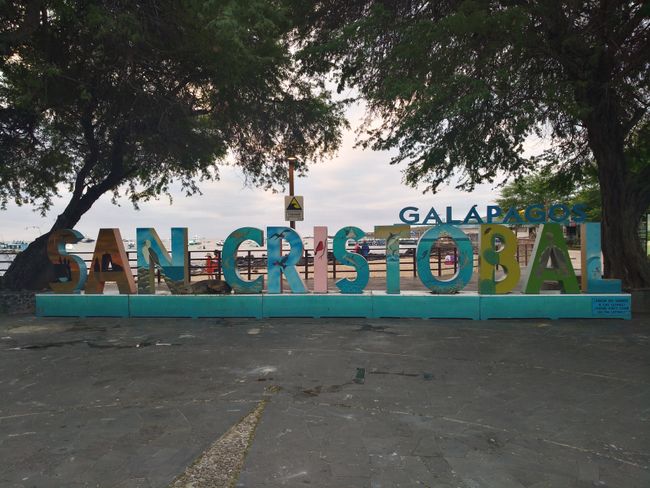
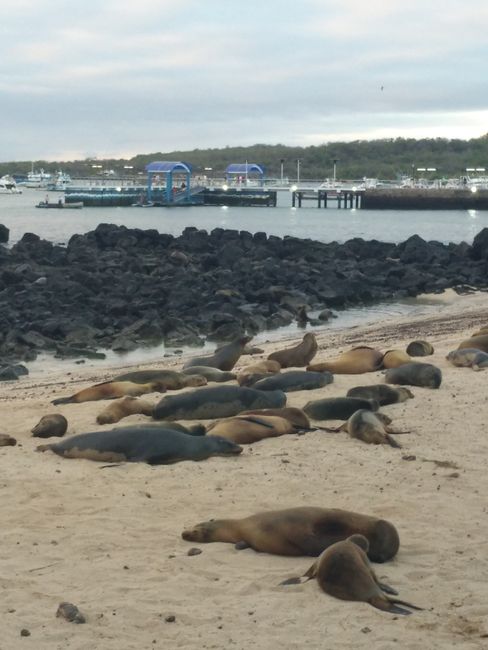
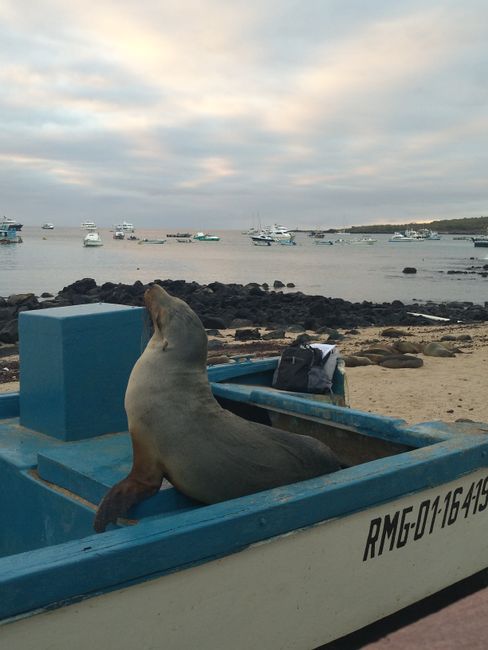
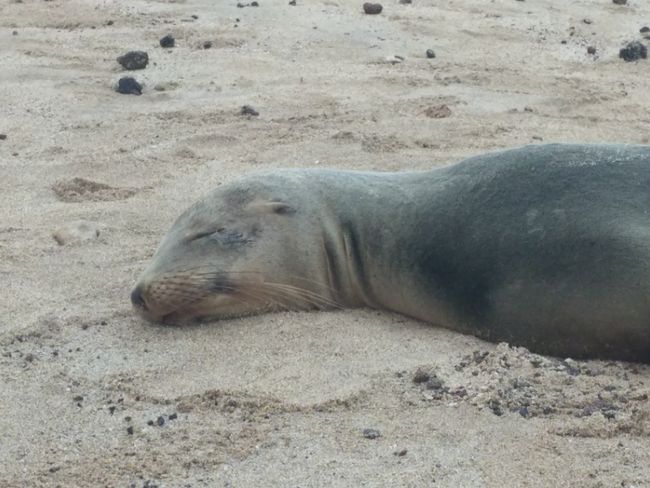
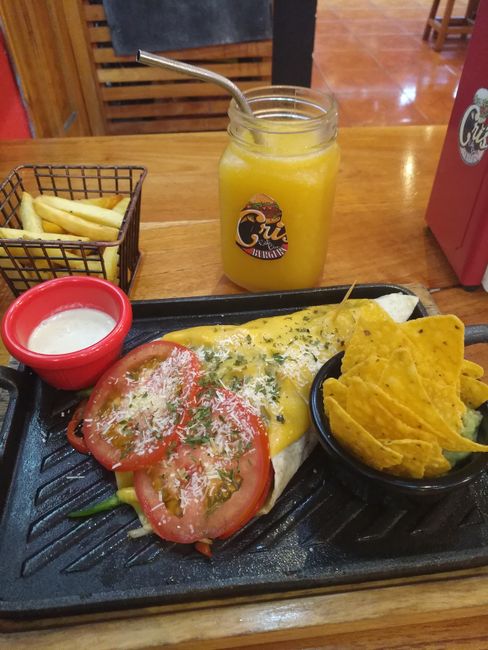
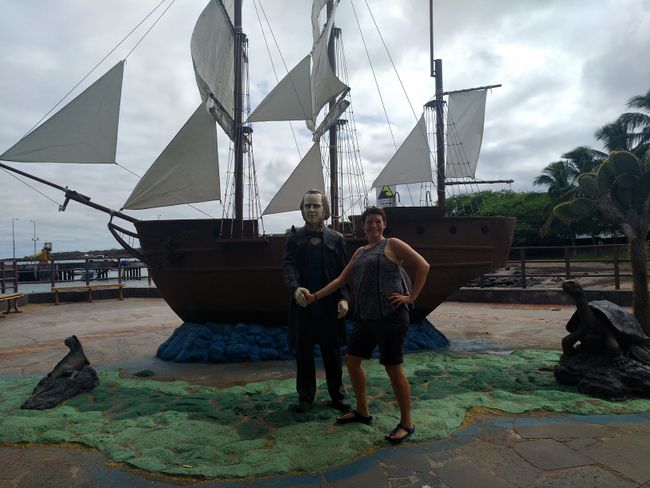
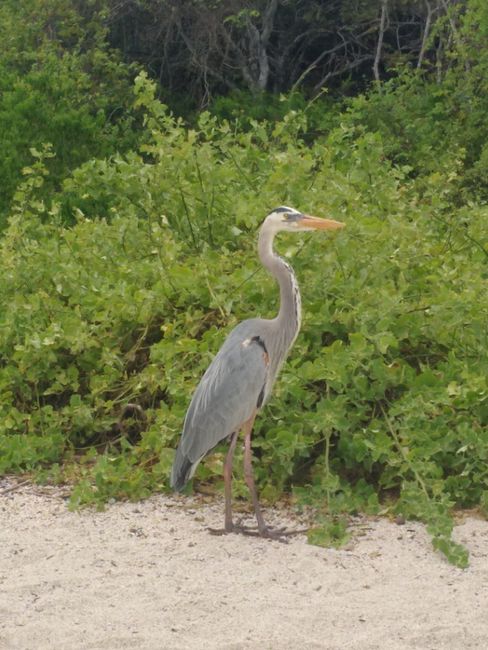
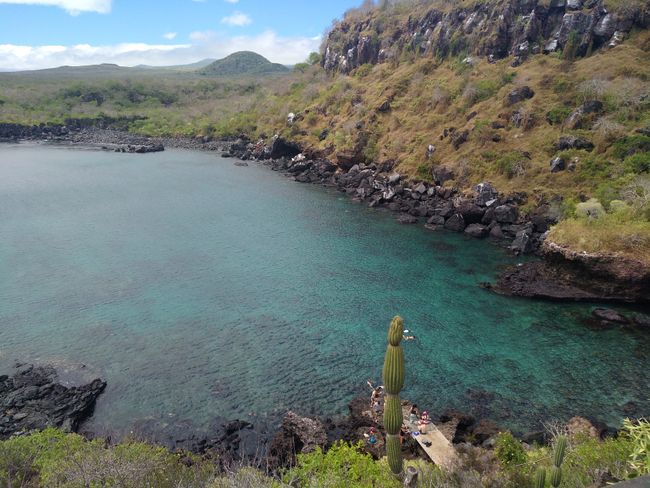
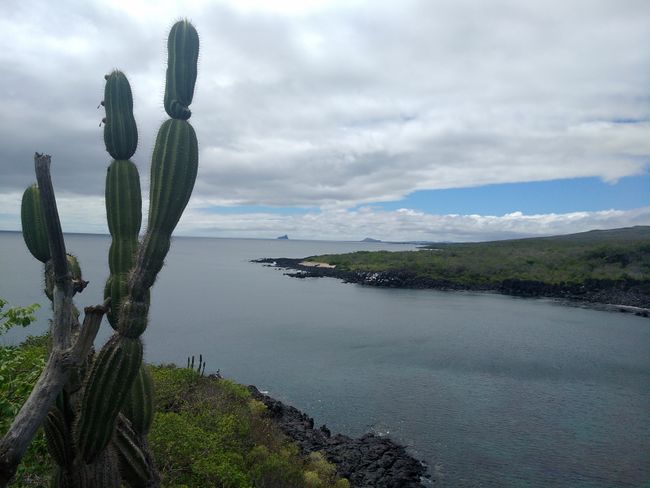
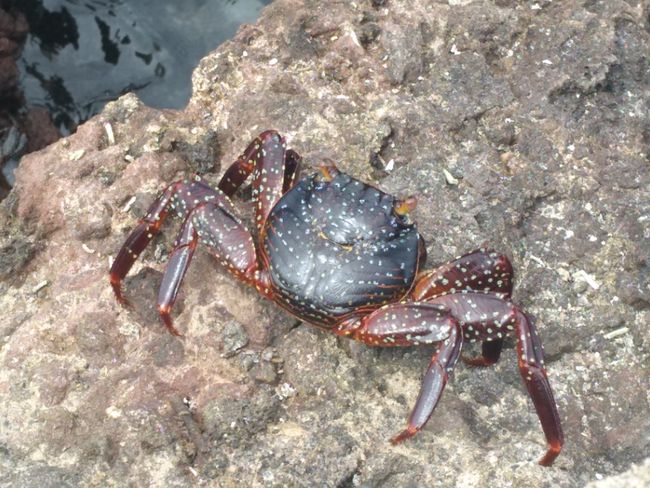
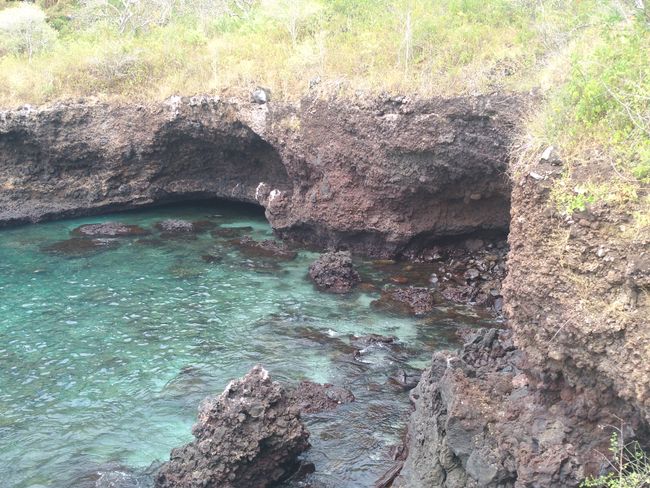

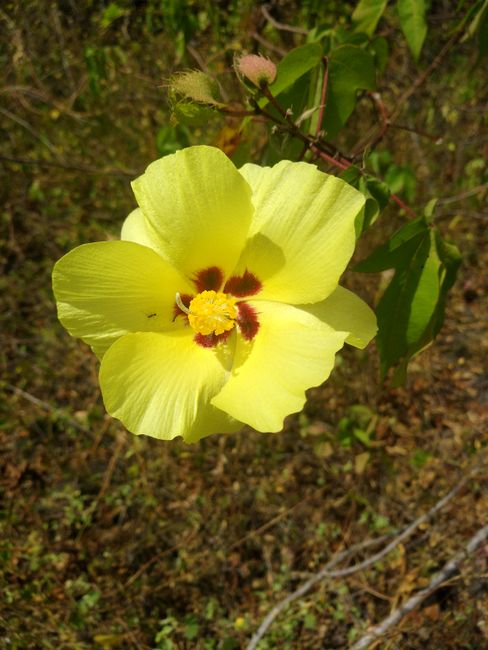
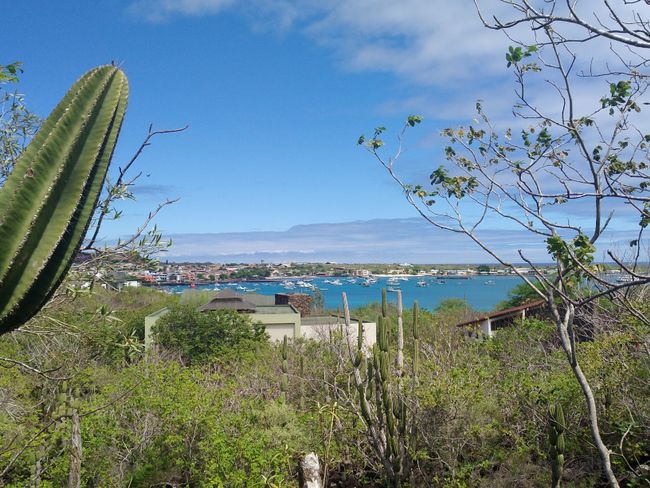
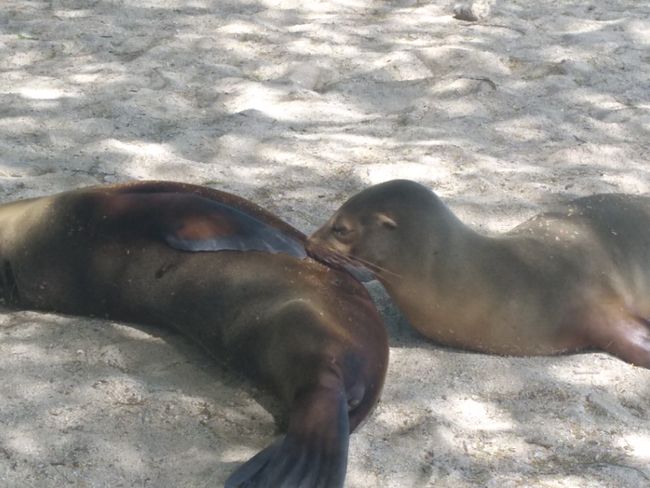

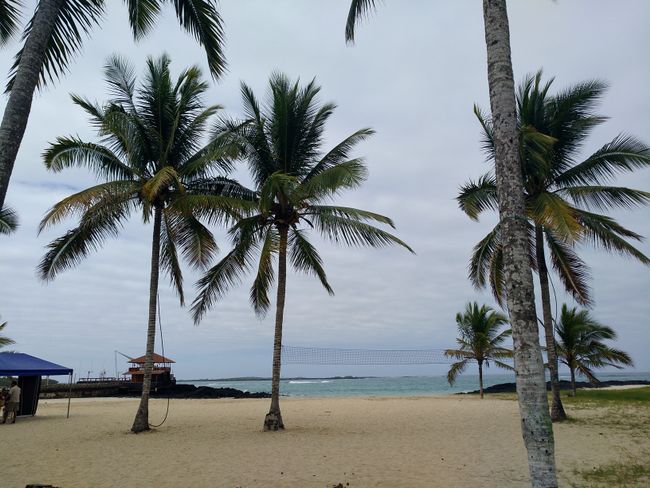

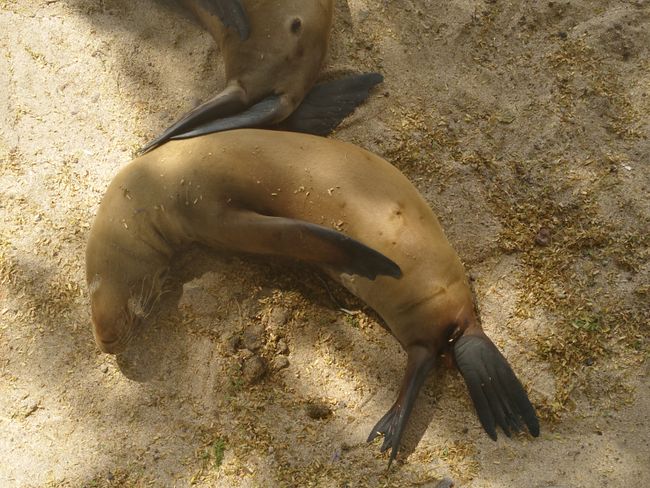
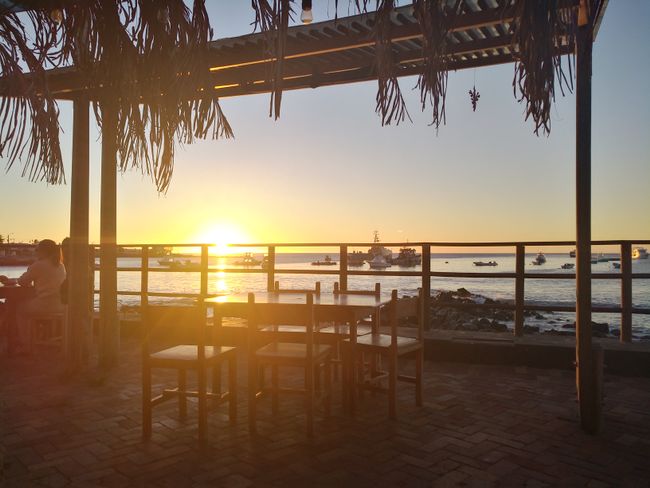
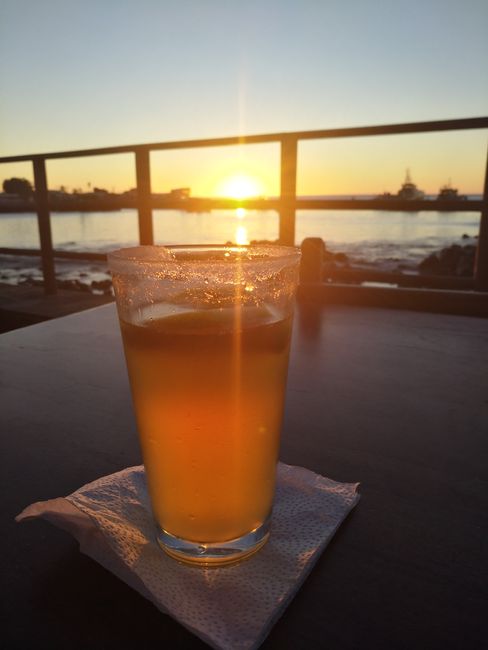
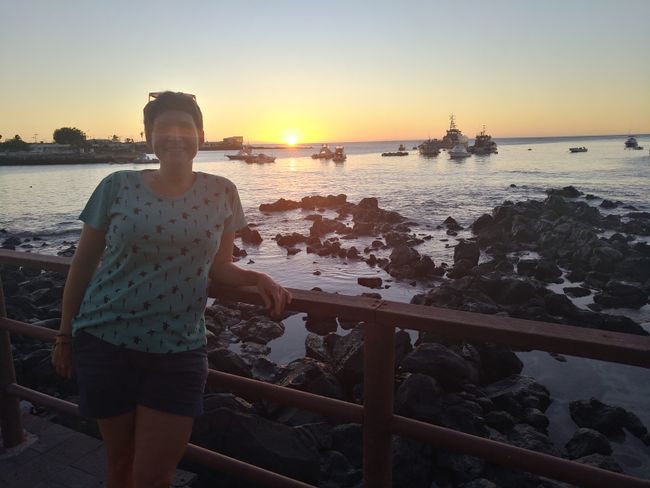
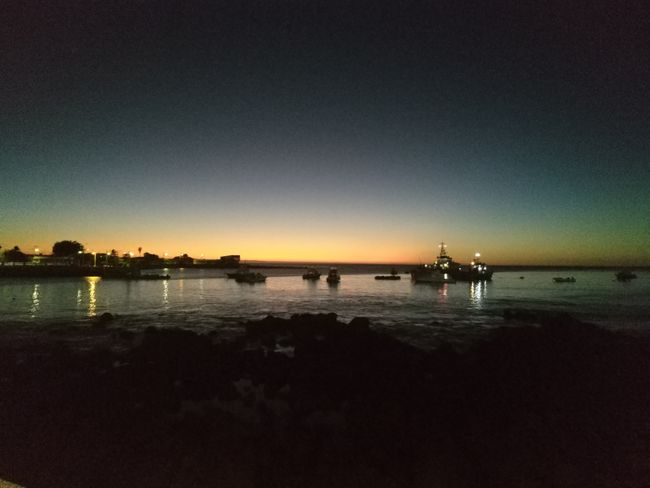


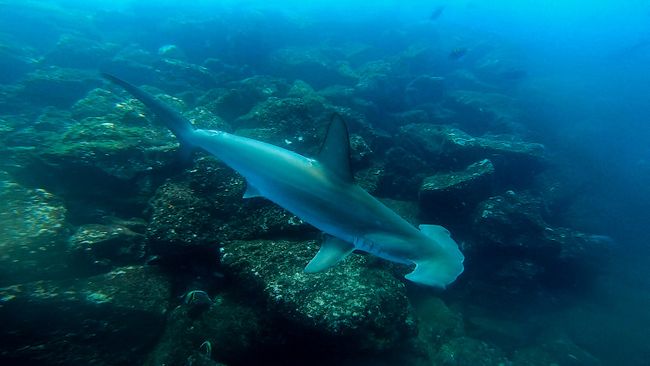
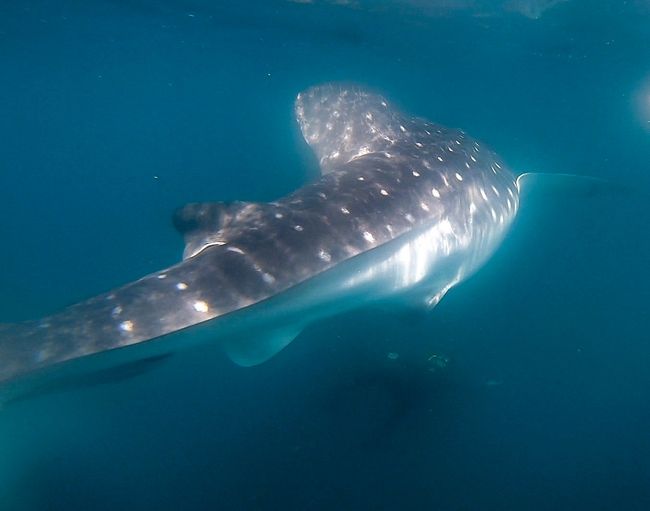
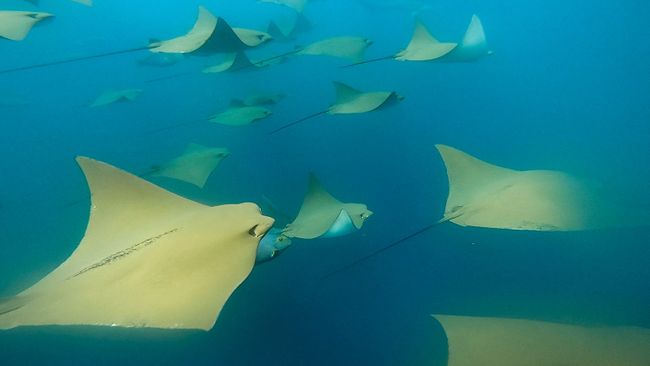
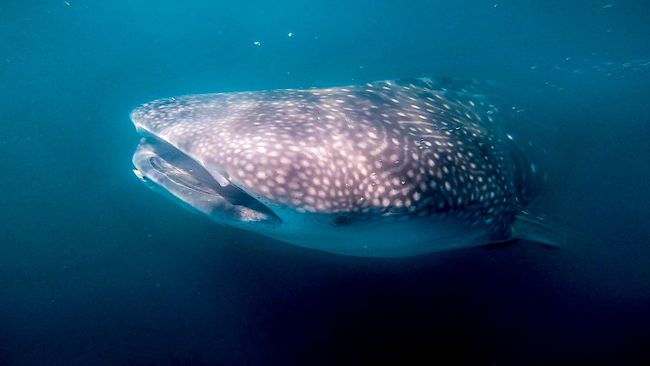
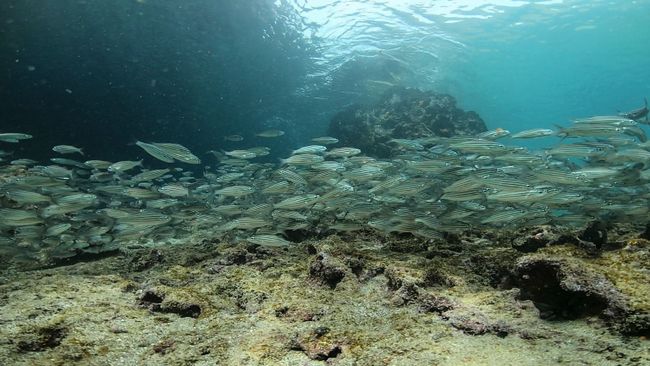
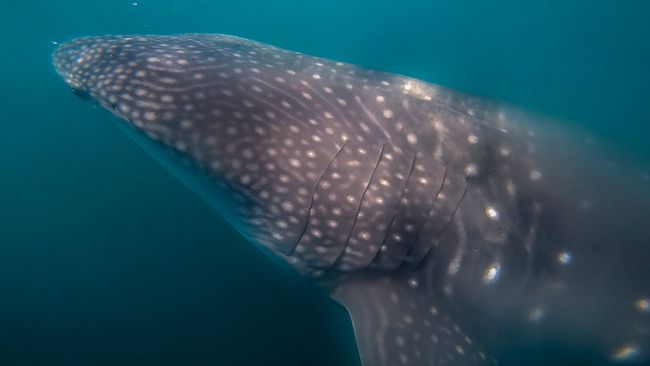
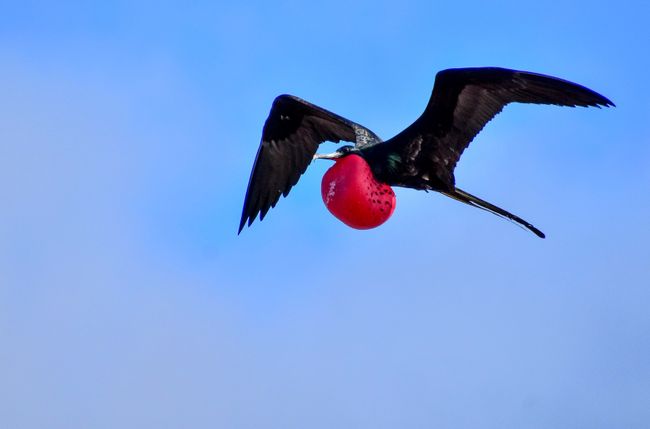
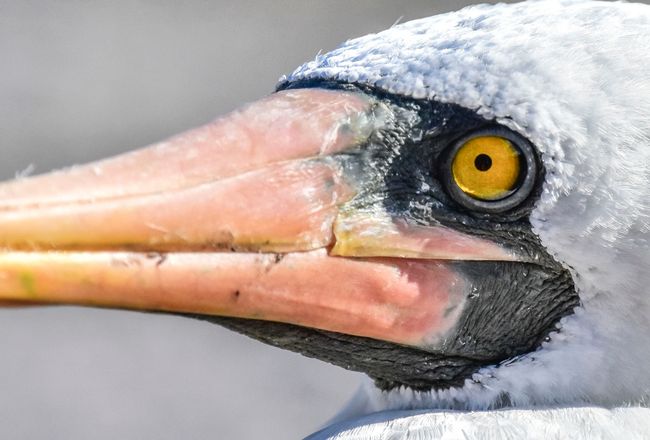
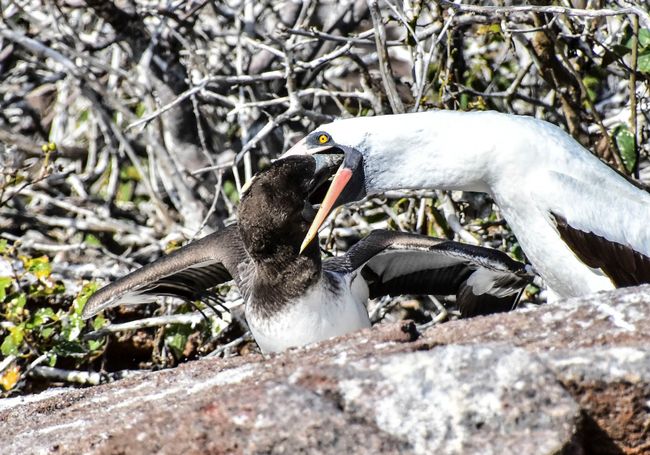
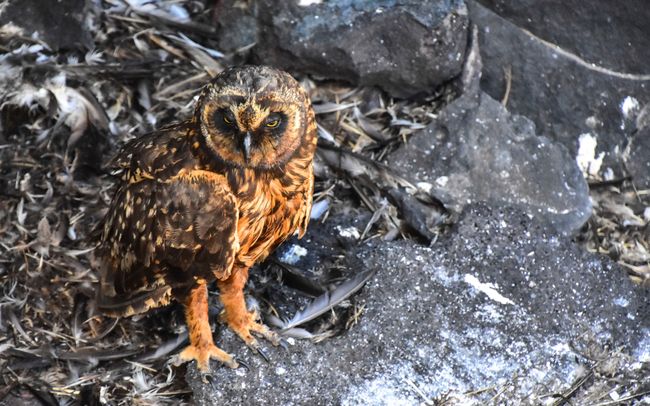
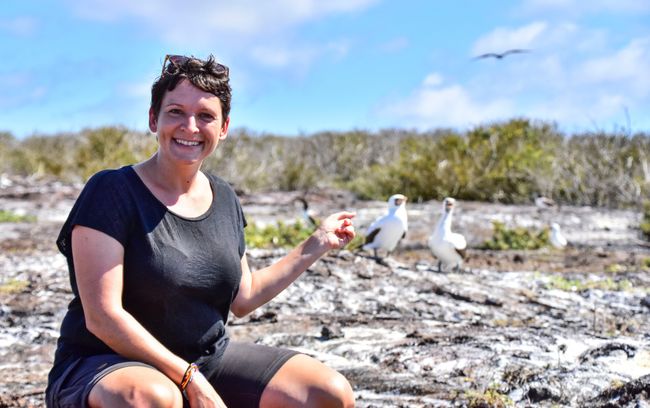
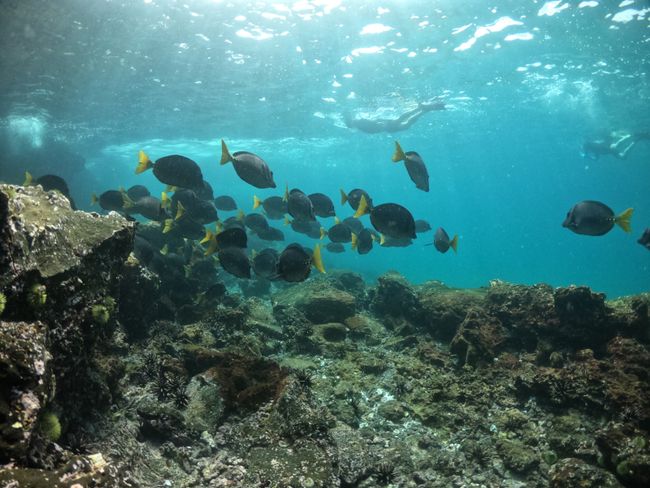
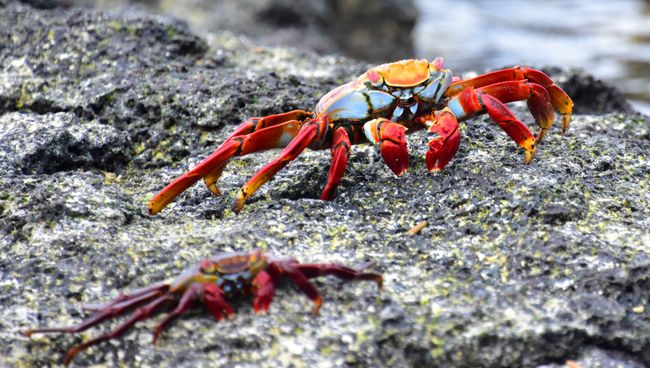
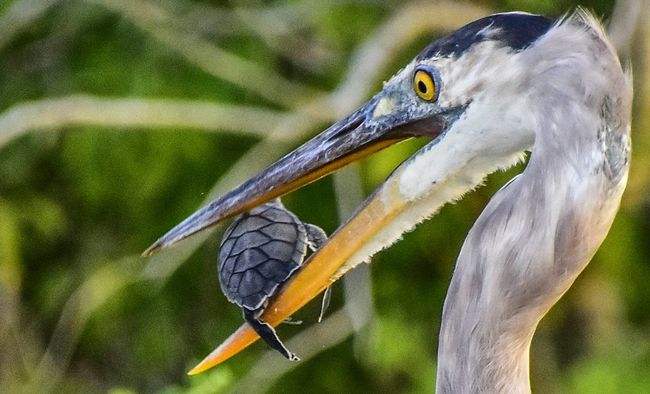

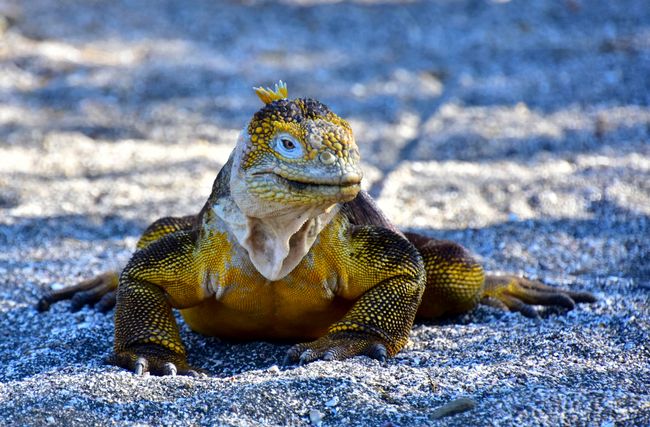
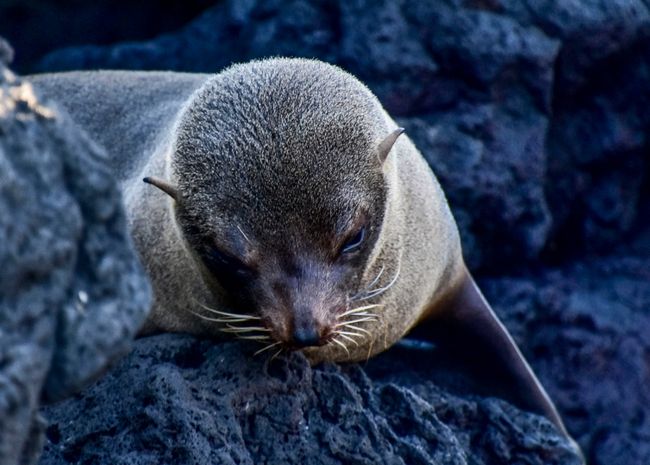
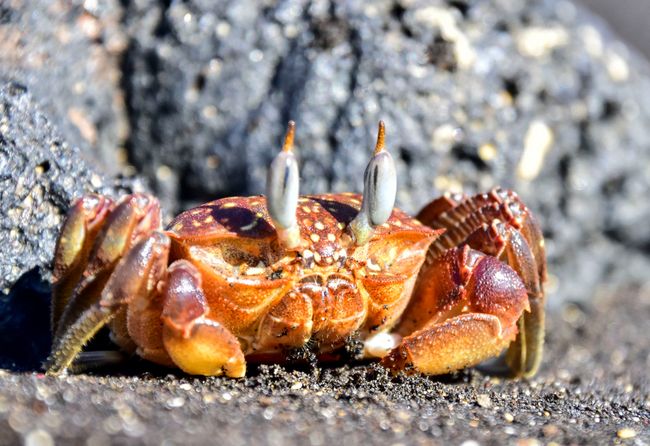
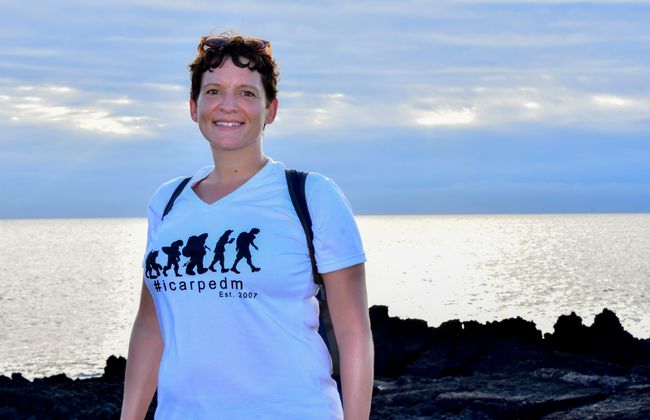
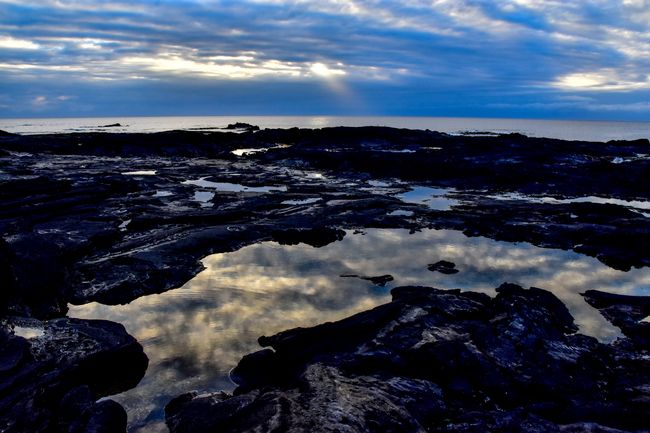
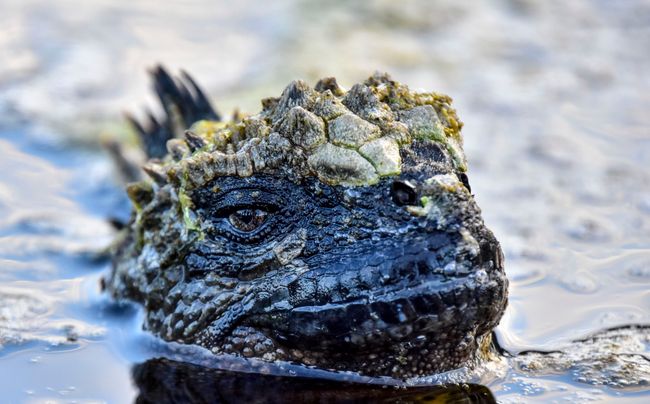
Ynskriuwe foar Nijsbrief
After settling in Ecuador for a few days and exploring the possibilities, it's time to visit the Galapagos Islands. I have decided to start with a cruise and then explore other islands on my own for a few more days, which are not accessible by the ship.
The archipelago, located 1000 km west of Ecuador in the Pacific Ocean and consisting of 13 islands, is of volcanic origin and is home to an incredible biodiversity of flora and fauna. In 1959, the island group was declared a national park and placed under special protection. However, the 1000 inhabitants at the time - the population started here in the 1930s with a penal colony - had already brought some non-native plants and animals, which have already had a massive impact on the balance. Since then, efforts have been made to remove non-endemic species as much as possible and to protect the populations sustainably with strict species protection guidelines. Today, around 30,000 people live here permanently, and about 300,000 tourists visit each year.
Each island is different. There are beaches with white, black and red sand. The different vegetation and wildlife are created by the interaction of various currents that converge on the island group from the south, north, and west. In this way, evolution can be observed very nicely. Near each volcano, you can find a different, if still existing, species of giant tortoise. For example, there is a species that has a recess in the shell at the level of the neck, which allows the tortoise to reach the higher leaves even in the dry areas. The best-known land tortoise was probably Lonesome George, who represented the last living specimen of the species on the island of Pinta. Unfortunately, every attempt to breed with female tortoises, no matter how well-intentioned, was unsuccessful, so this species became extinct with 100-year-old George in 2012.
During the cruise, we visit several islands in the north and go for walks, snorkeling or take a Zodiac to explore the rock formations along the coast. There is always something new to discover and observe.
A special highlight was the bird island of Genovesa. Thousands of birds gather here. The famous red-footed boobies, Nazca boobies, and frigatebirds are among them. I never thought that birds could be so entertaining. You could watch for hours how the clumsy Nazca booby males bring "gifts" for their females or how the frigatebird males try to attract the females' attention with their red throat pouches and spread wings. Chicks are lovingly cared for by mom and dad and look all fluffy with their plush feather coat.
What impresses me the most is that hardly any animal is bothered by humans. No matter how close you get, they don't keep their distance, but rather look at you with moderate interest or even ignore you completely. They are just a slightly larger species of animal. To me, this shows how little contact there is and, above all, that there are no negative incidents that would caution the animals.
The underwater world is even more exciting. It's just incredibly fun to watch the many colorful fish. We snorkel twice a day, and even the slightly higher waves don't bother us because that's where you can see the more extraordinary creatures. And that's exactly what happens. After a while, a group of about 100 rays suddenly appears below us, seemingly flying majestically. And then a second group. The one at the end is accompanied by a hammerhead shark. Such breathtaking moments happen frequently. In addition, we also see a 2-meter-long manta ray, sharks (attracted by the light, they also circled our ship every evening), and turtles swimming in the water in front of us. We seem to have been very lucky when one of the guides promises us a surprise on the way back to the ship. We excitedly jump into the open sea and can actually see the white-spotted skin of a whale shark. This animal may not be as old and large, but it is still extremely impressive to see this giant fish in reality and in close proximity.
In addition to the mentioned animals, we also see flamingos, penguins, crabs, sea lions, seals, marine iguanas, and lizards.
Ynskriuwe foar Nijsbrief
Antwurd (1)
Alex
Wow, einfach nur WOW....du machst einfach alles richtig Ines ;-)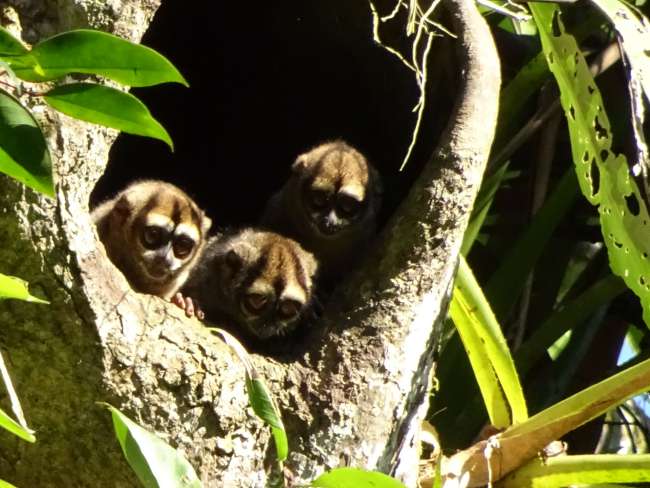
Reisrapporten Ekwador
